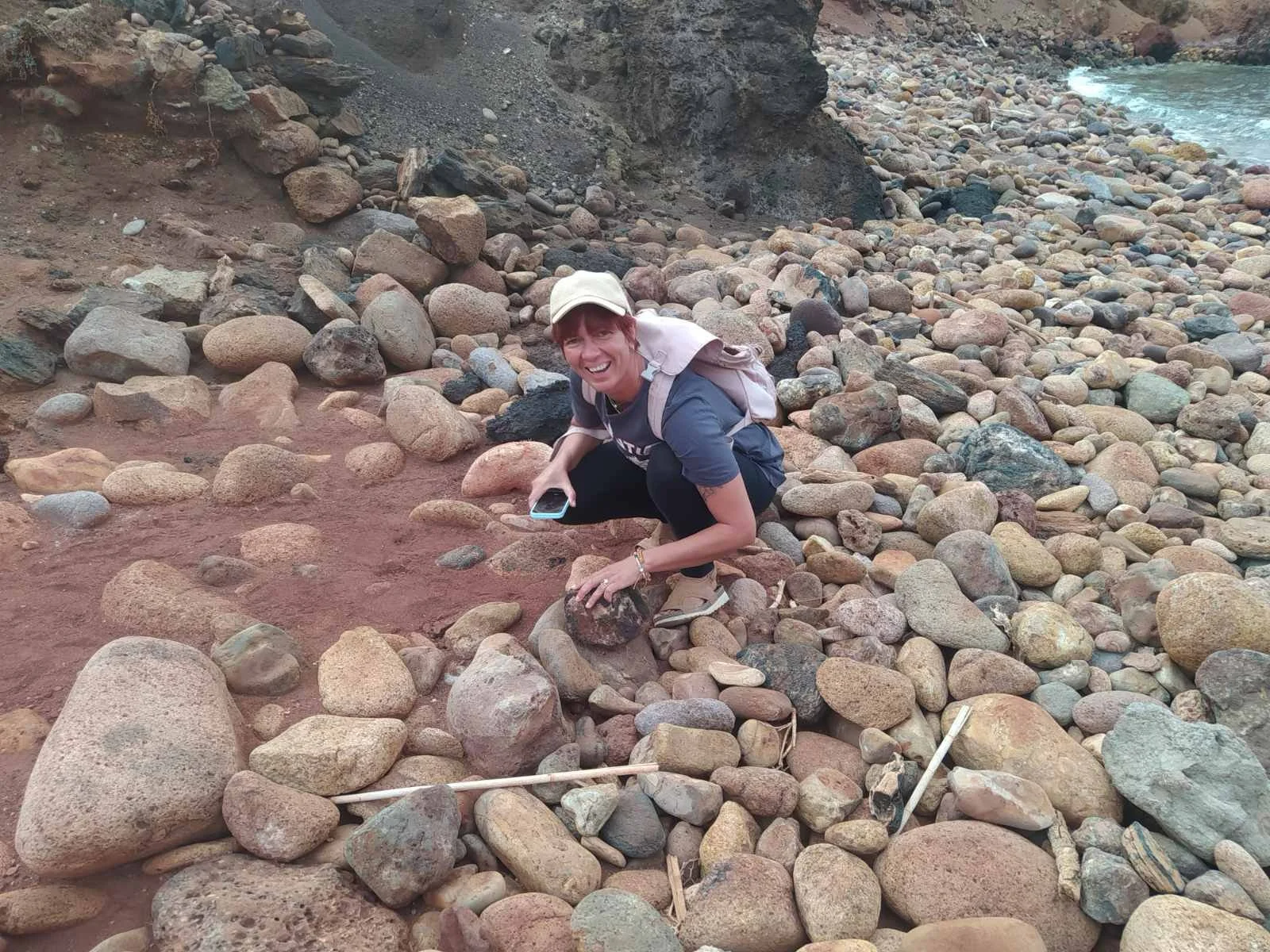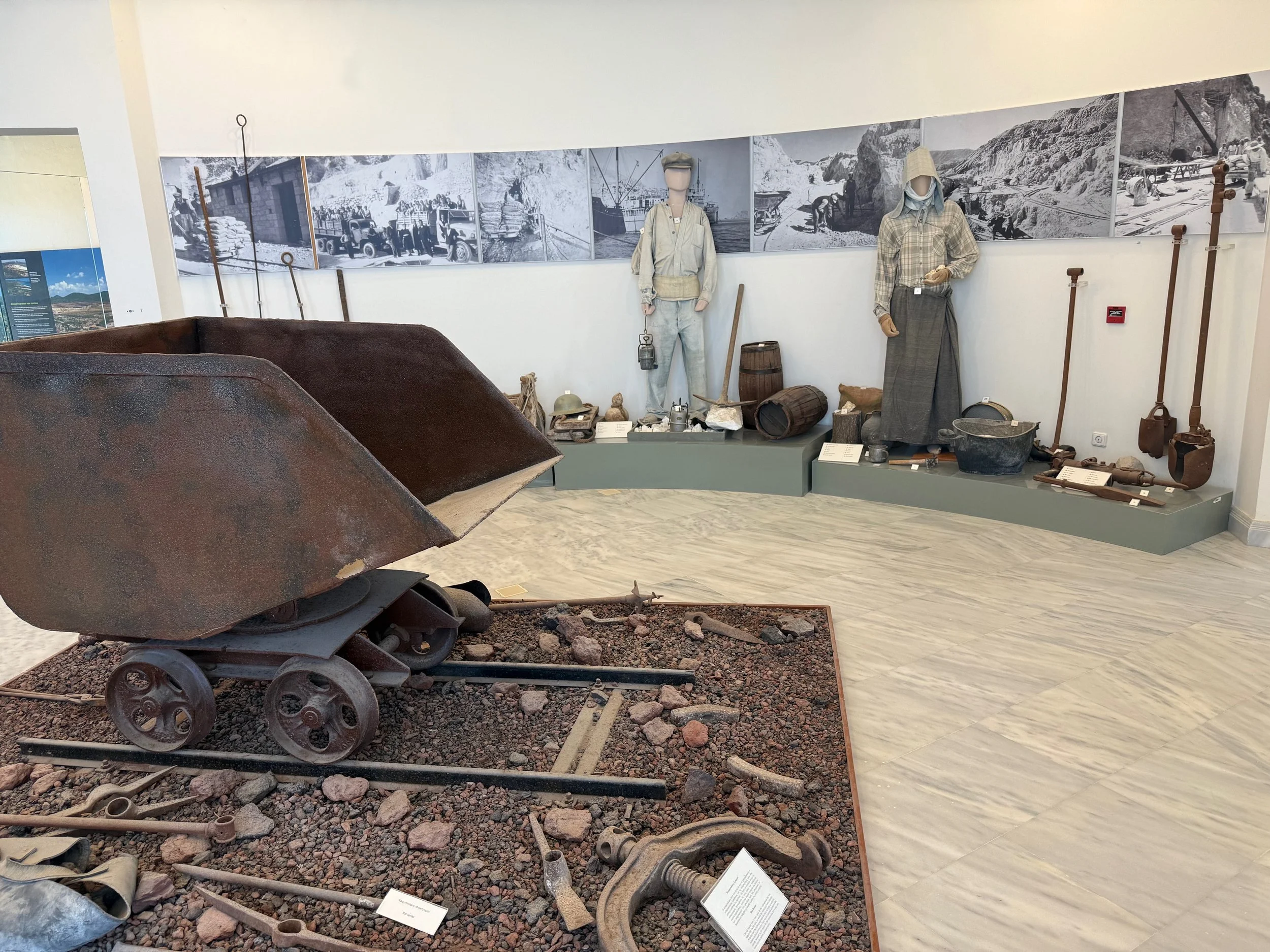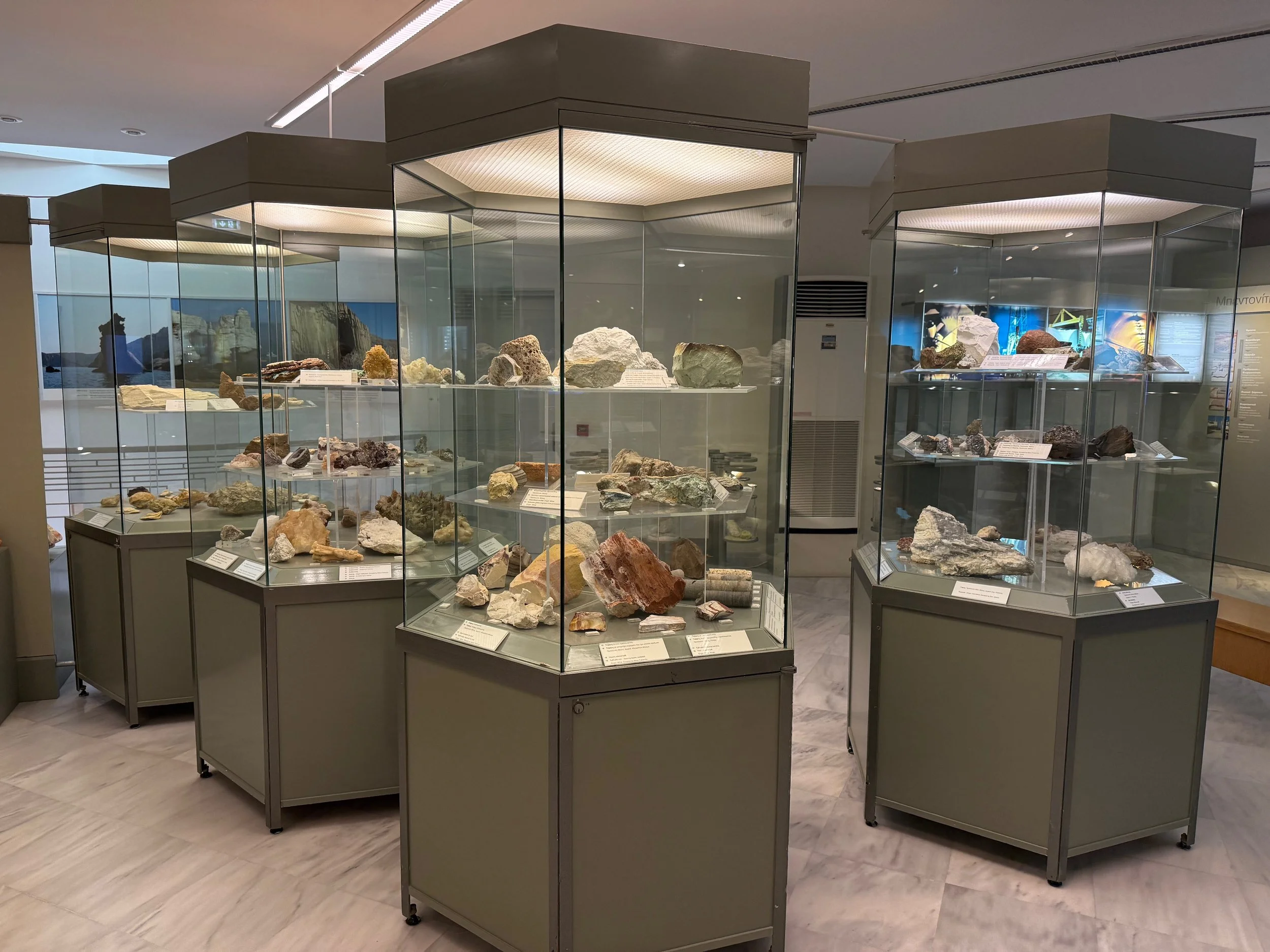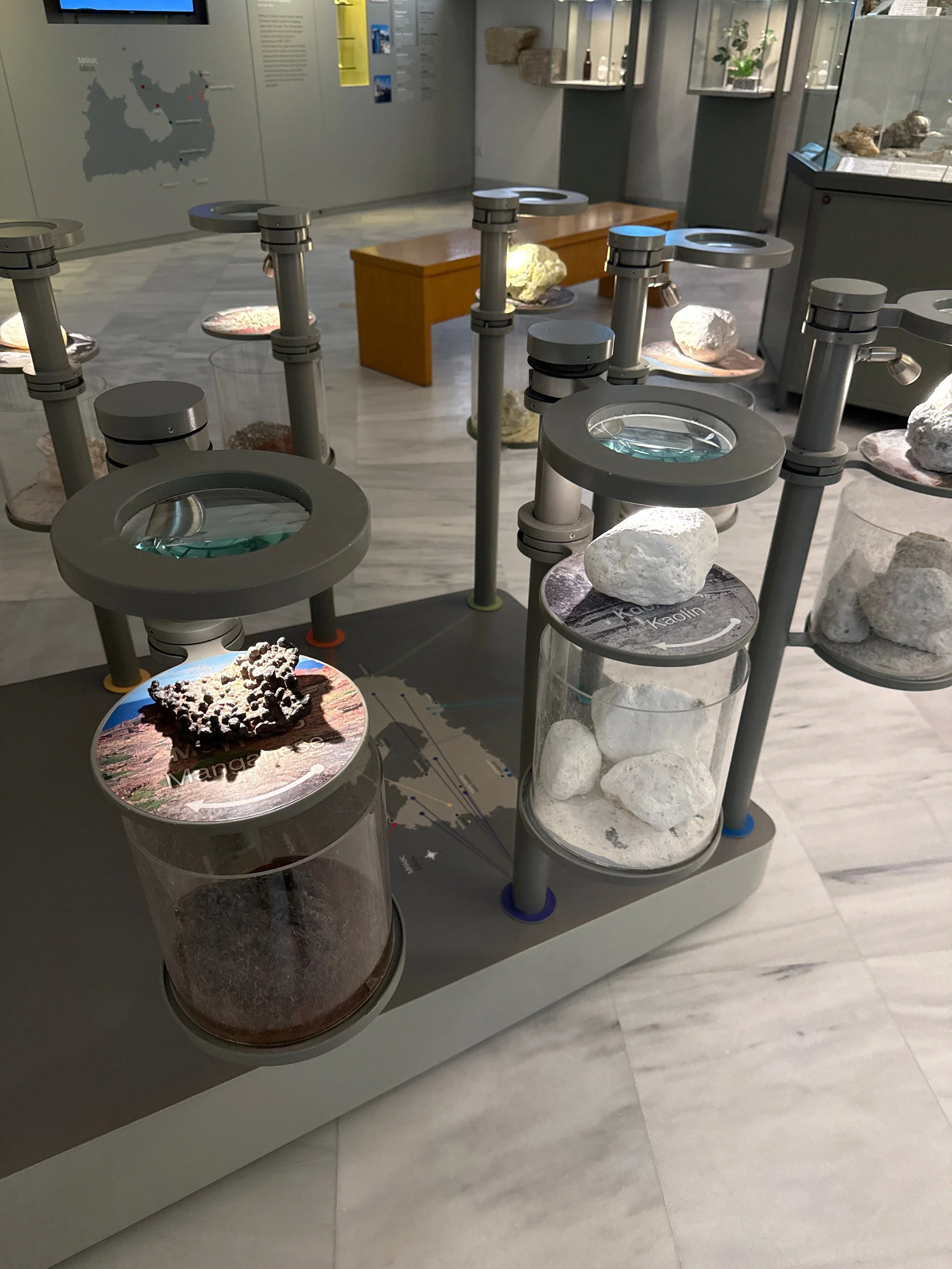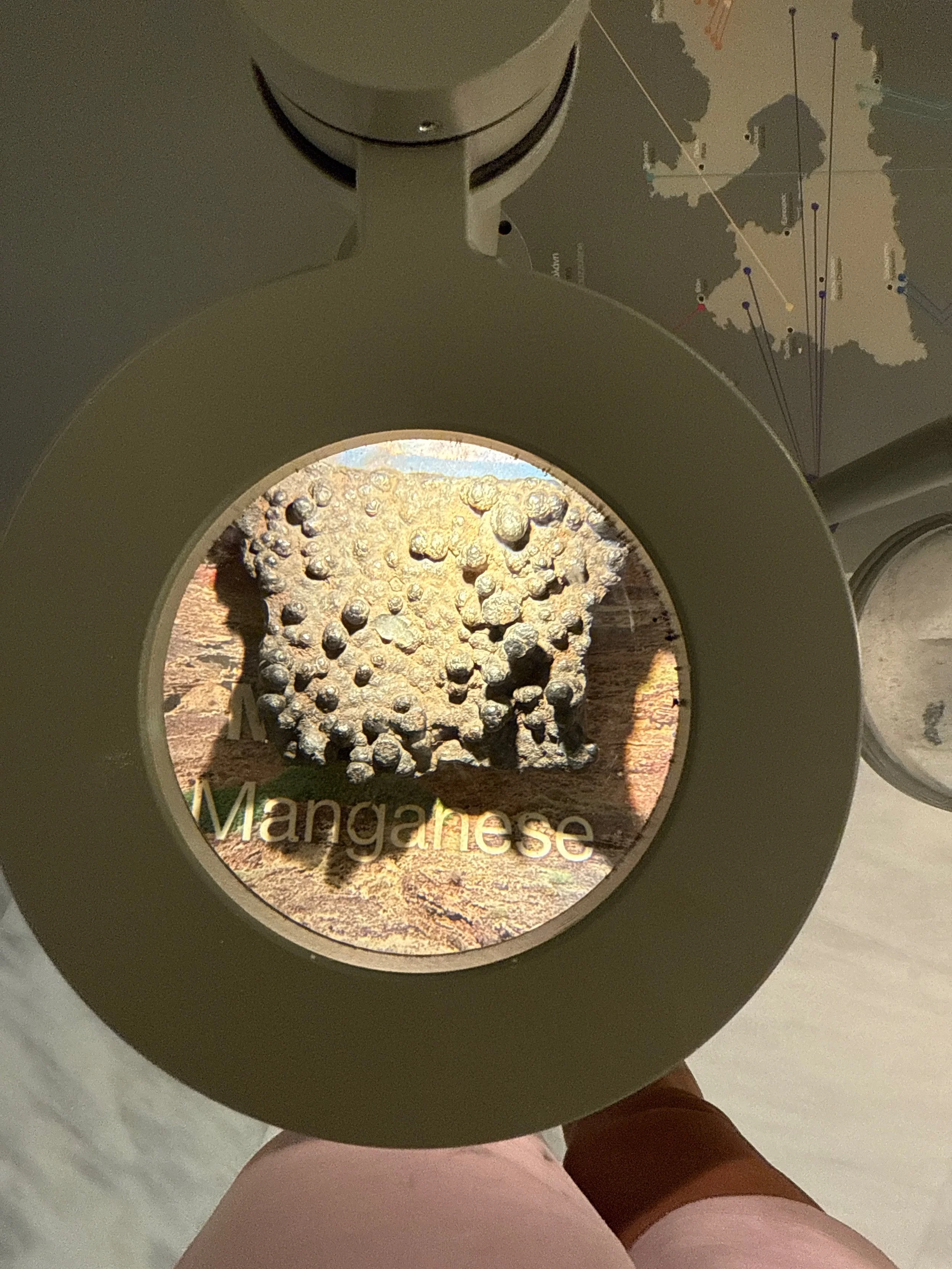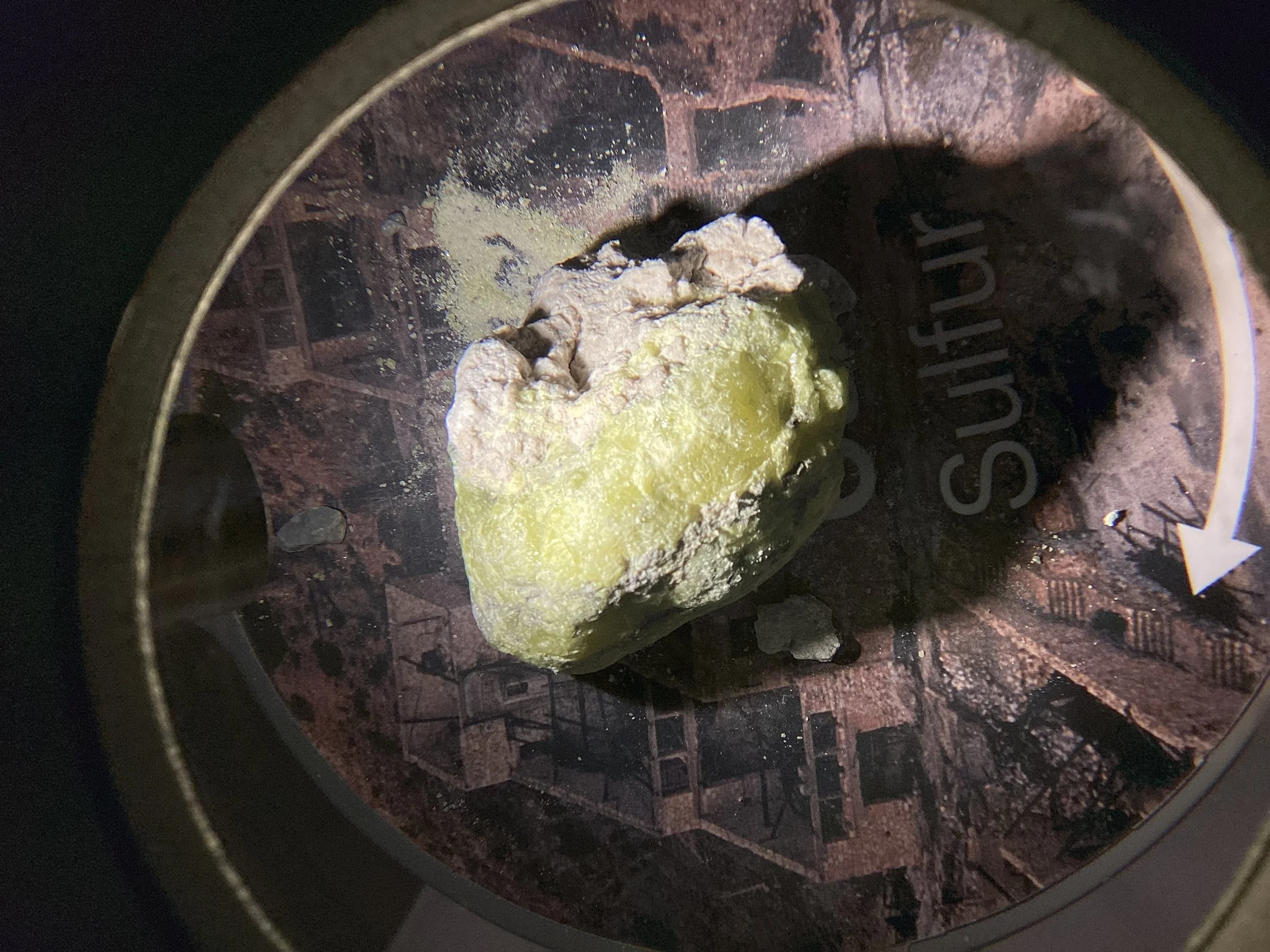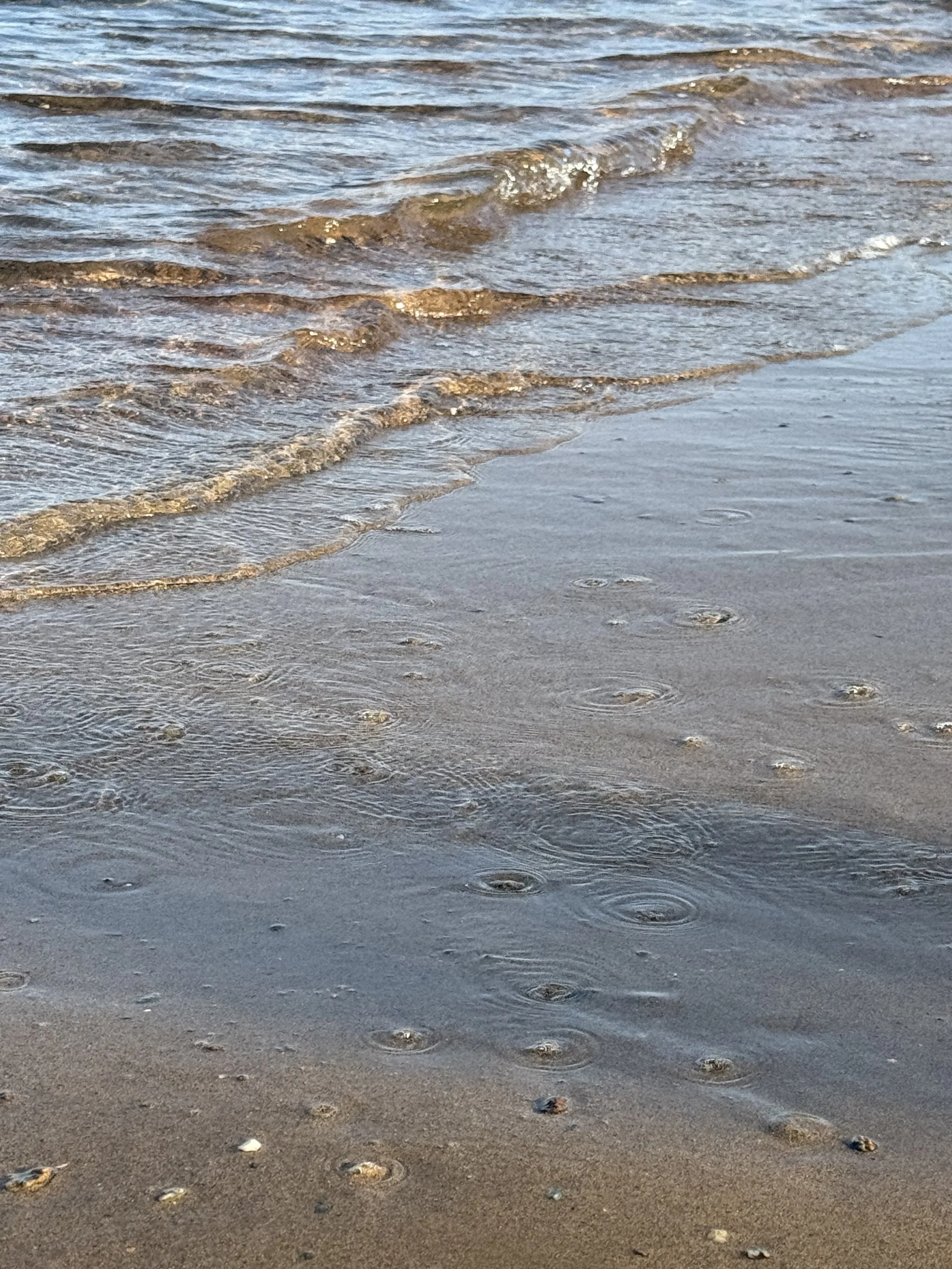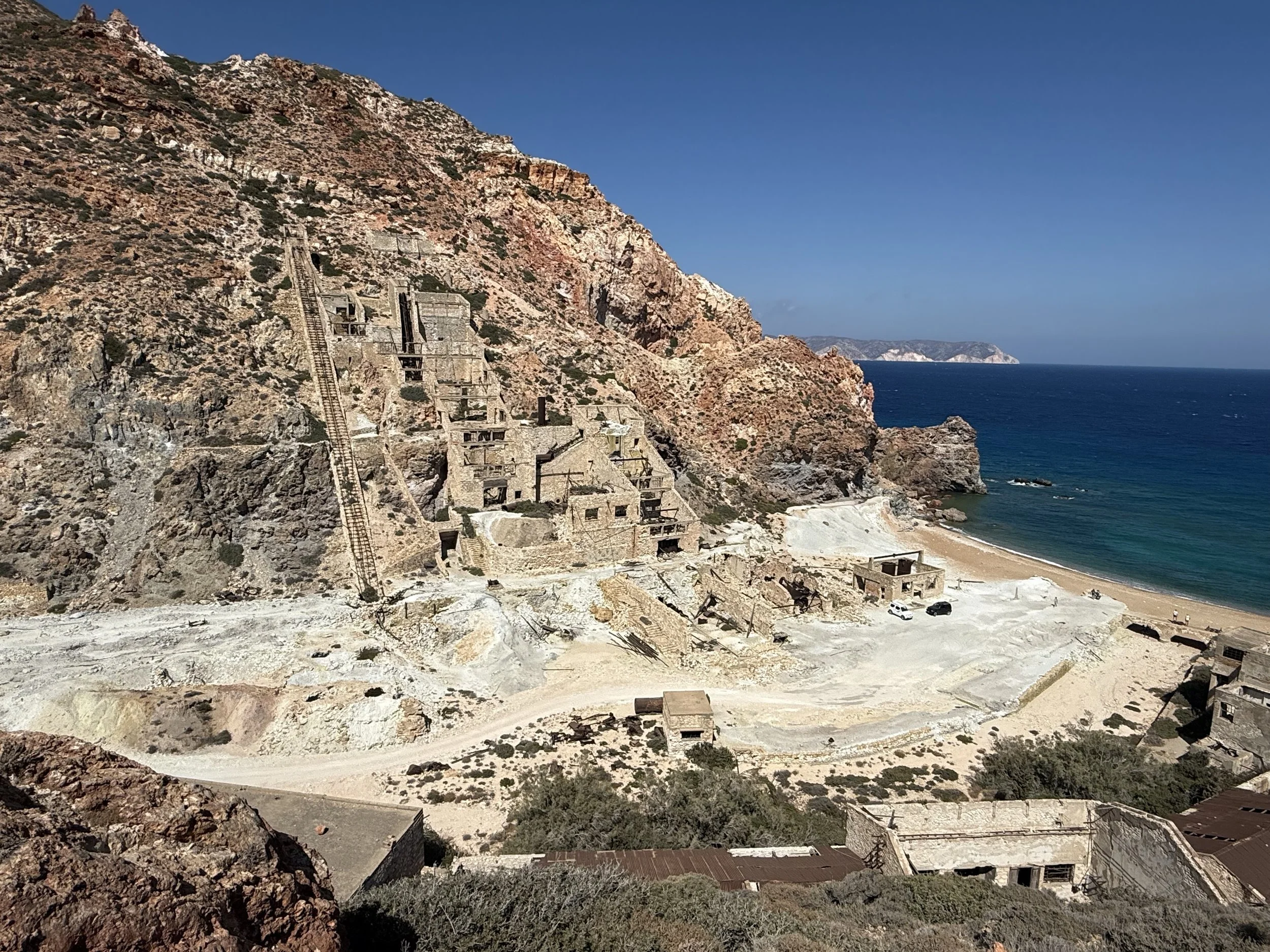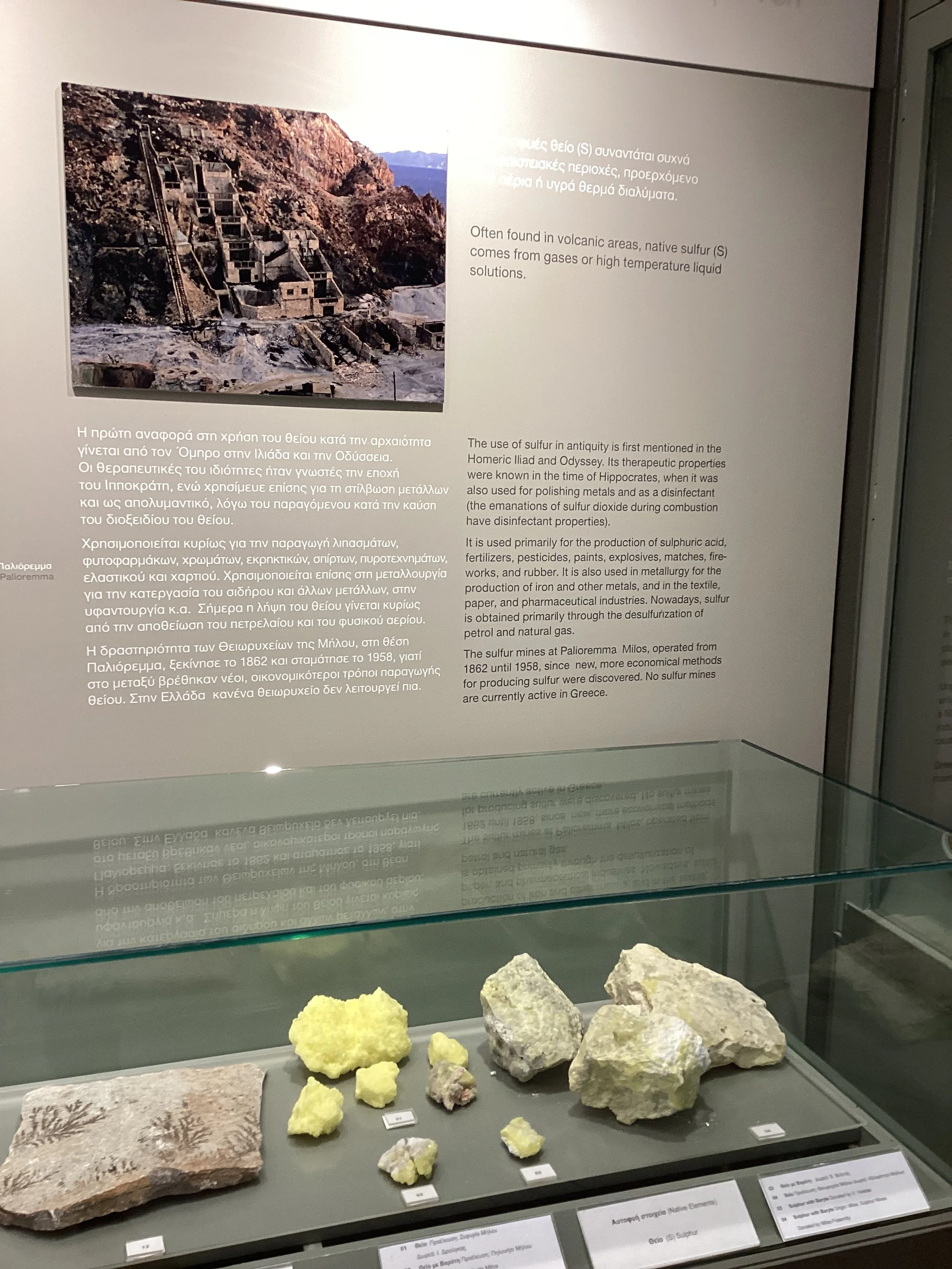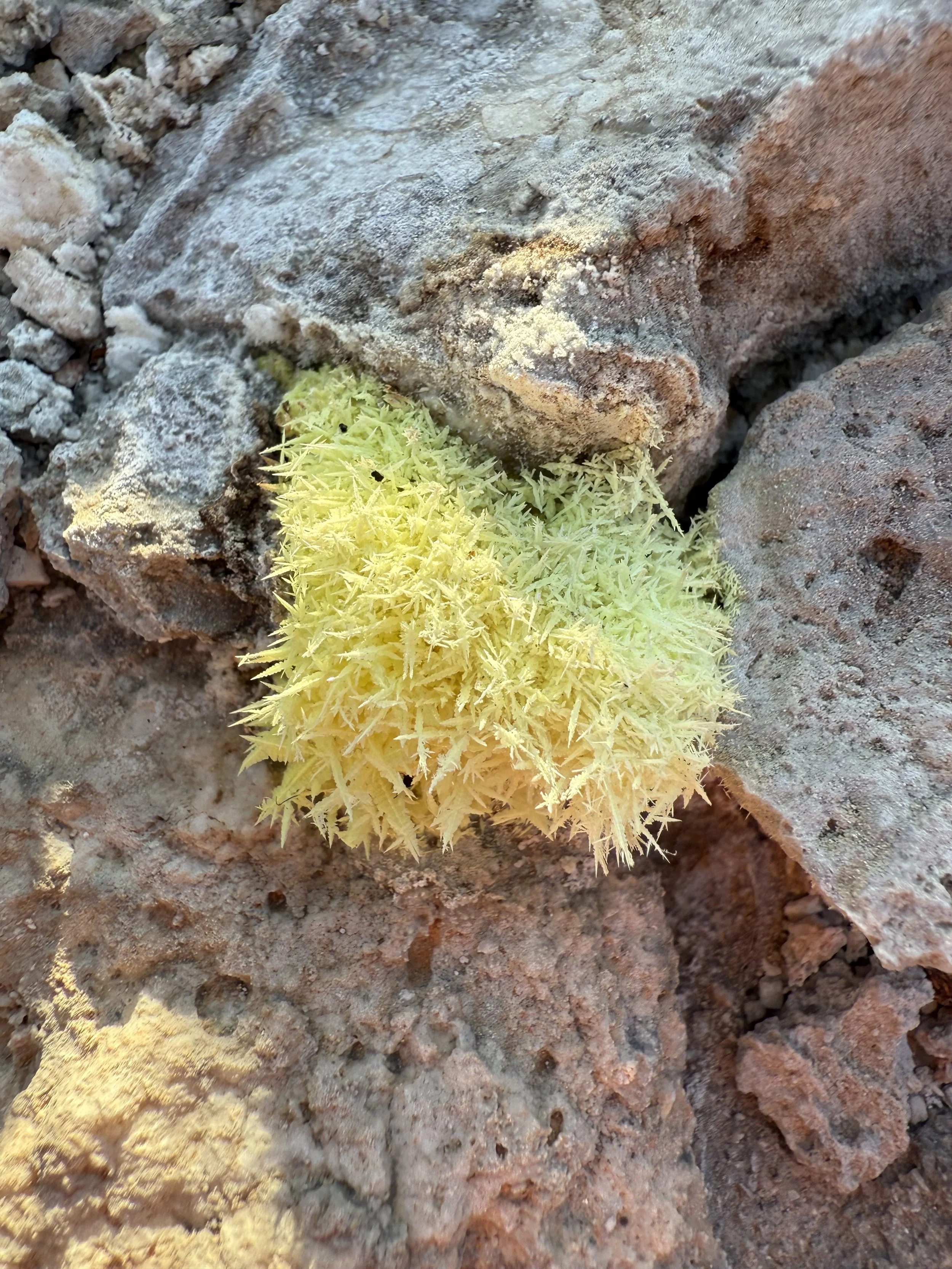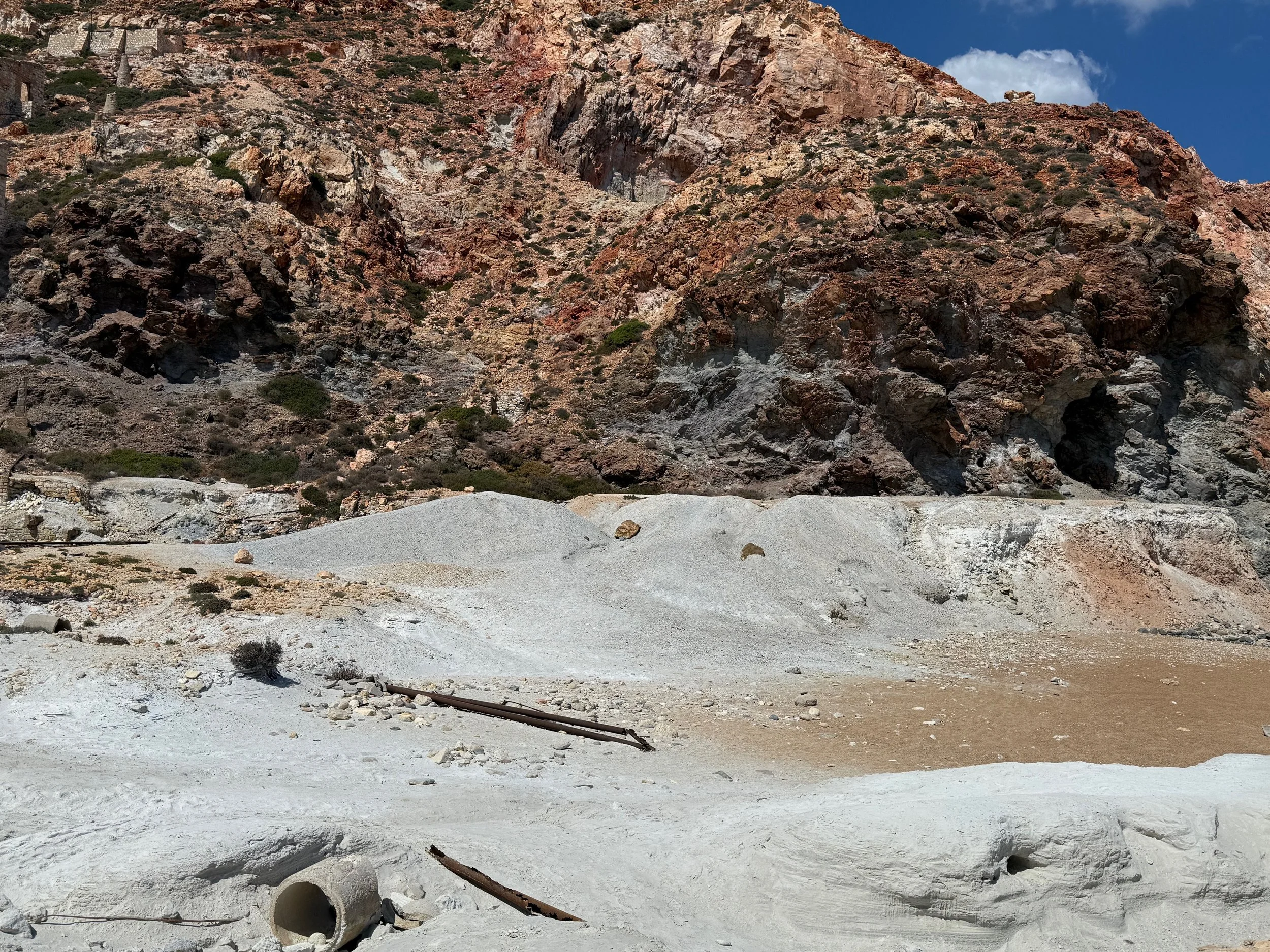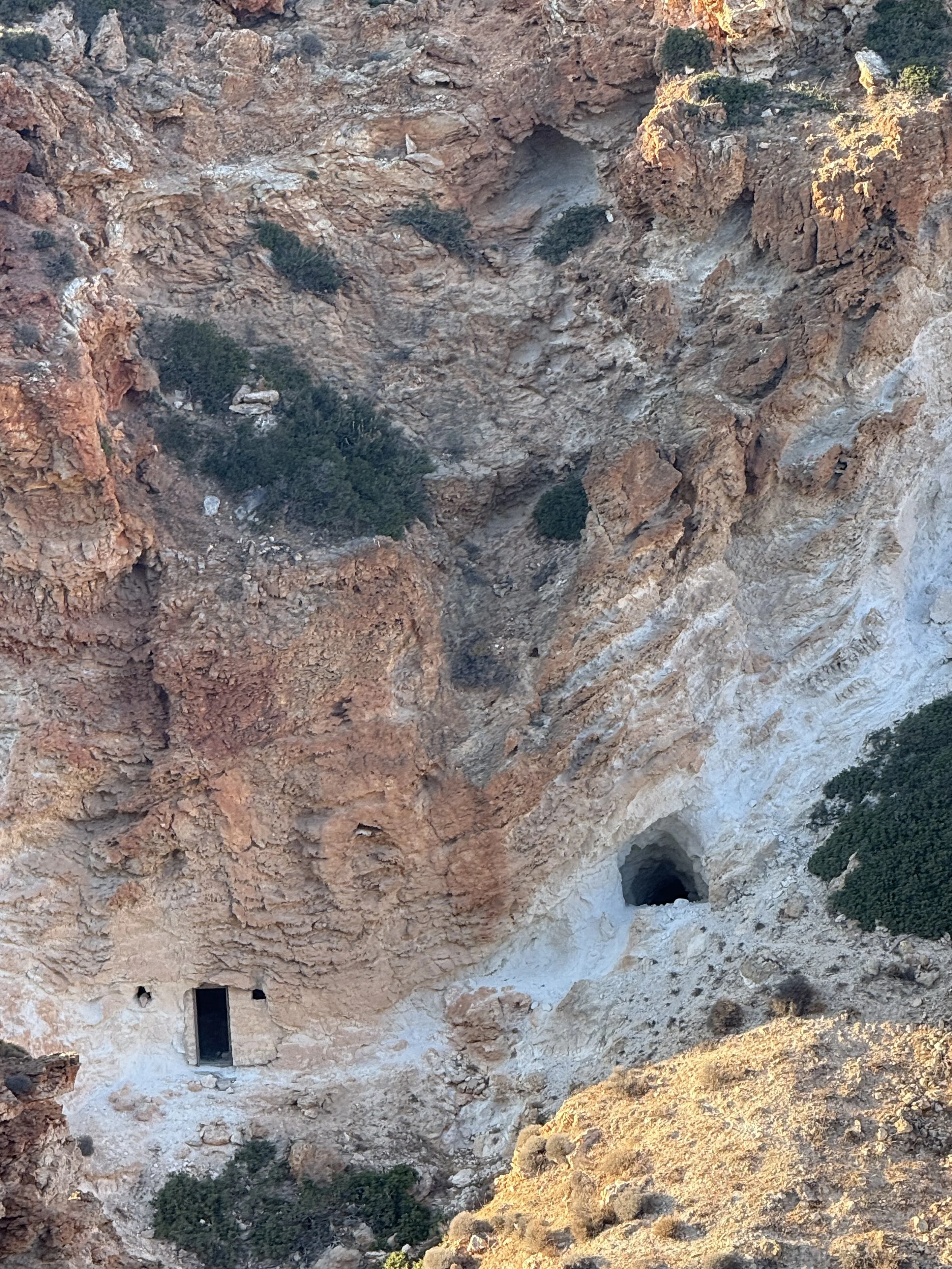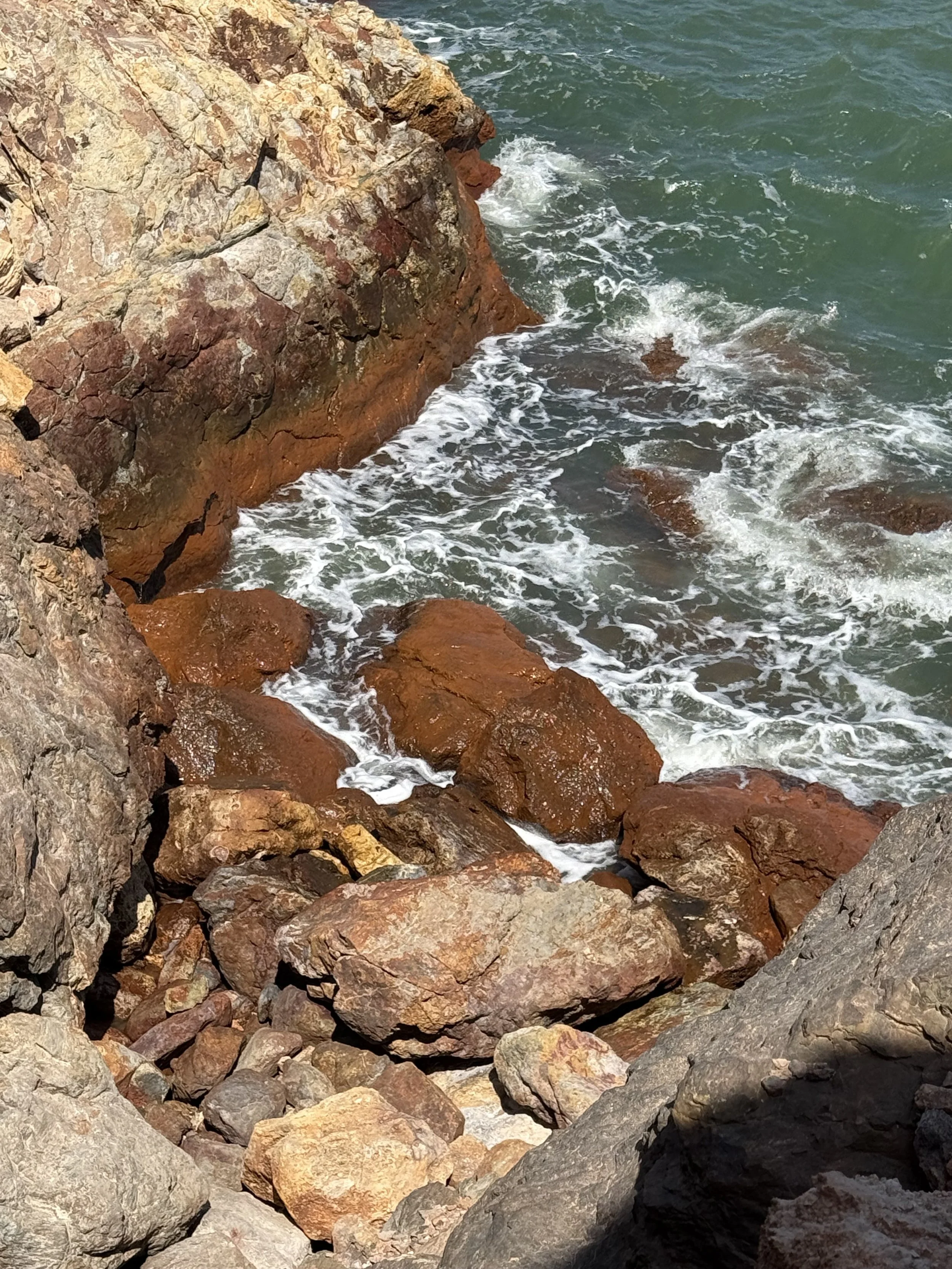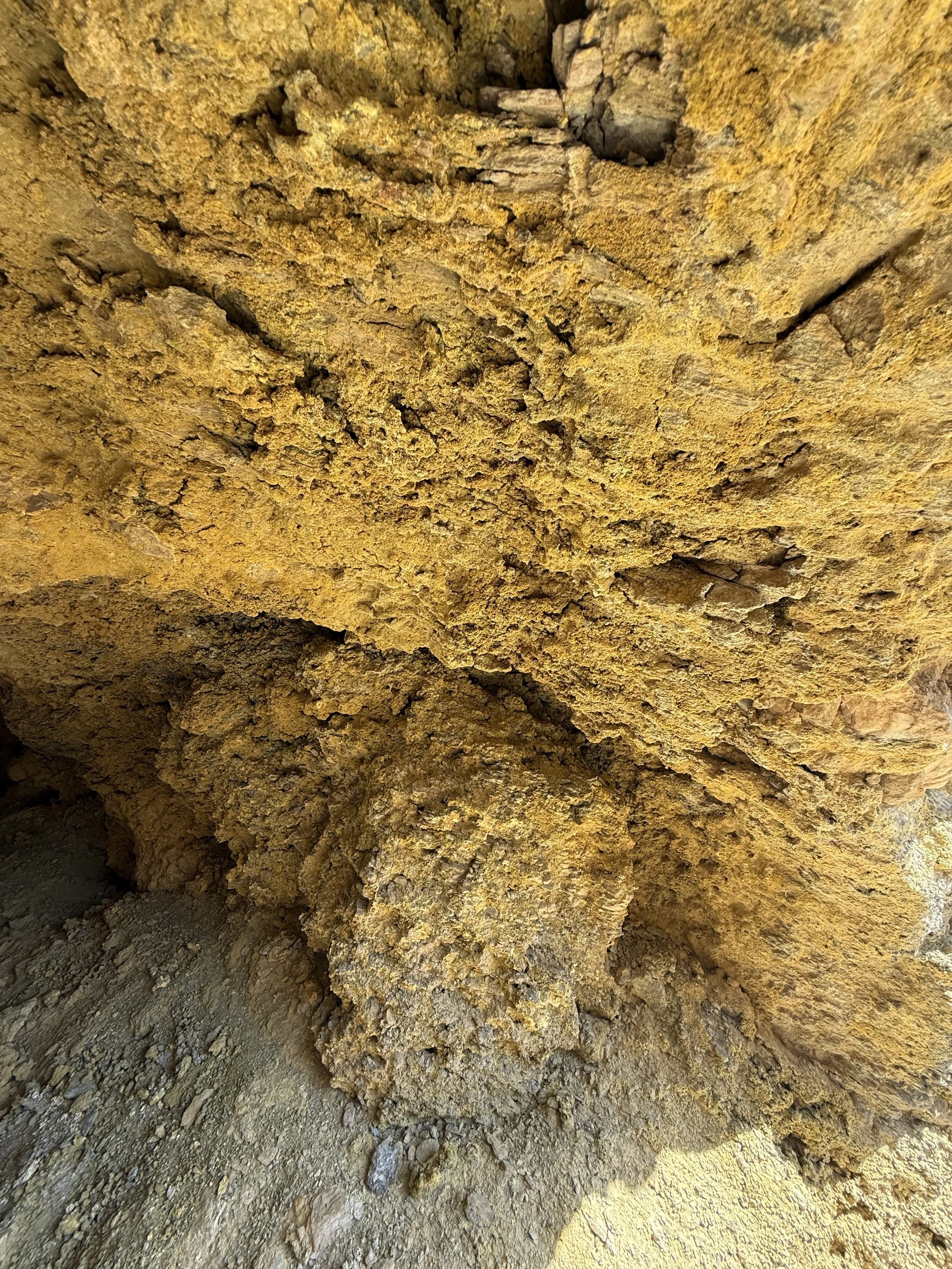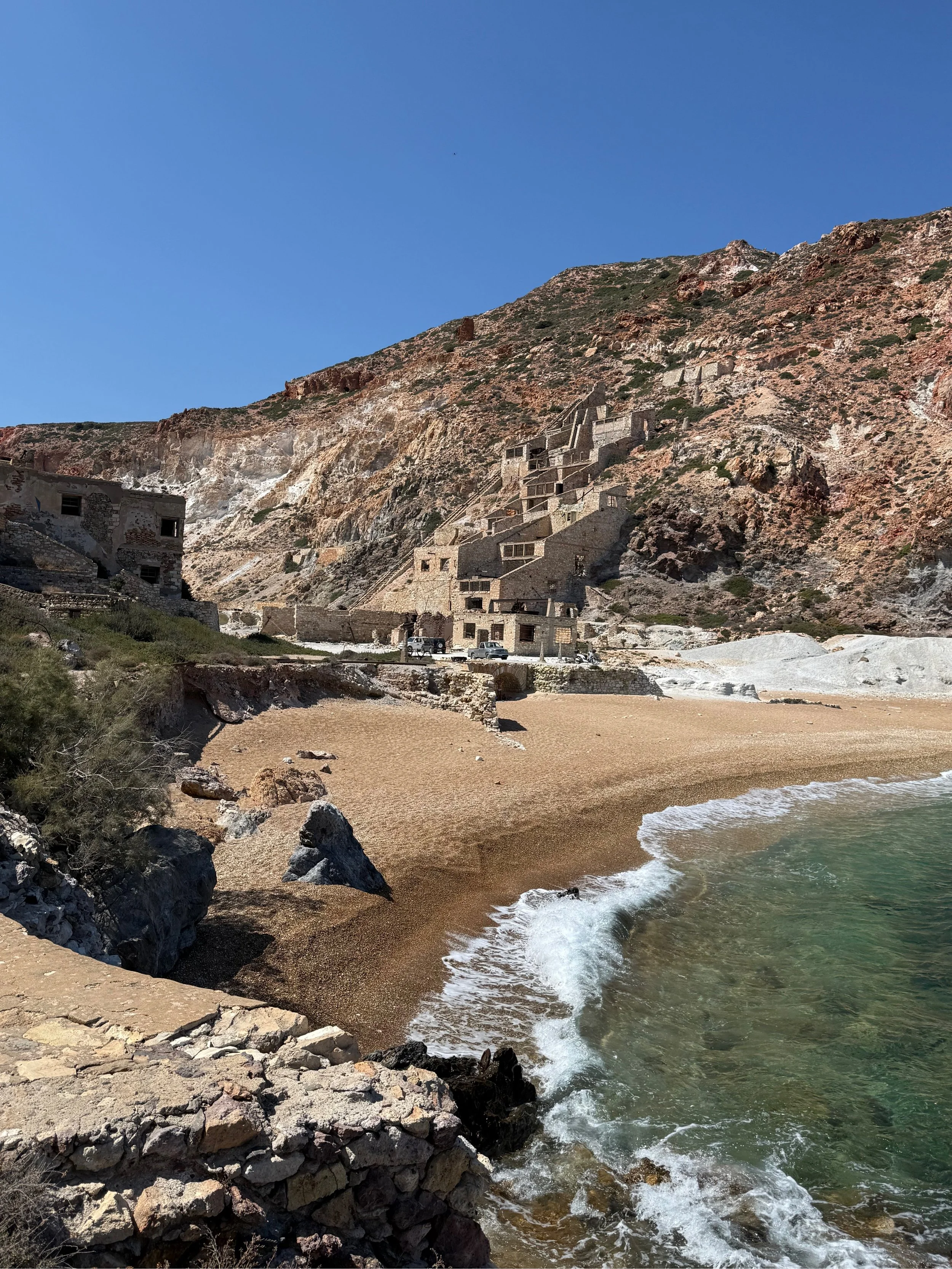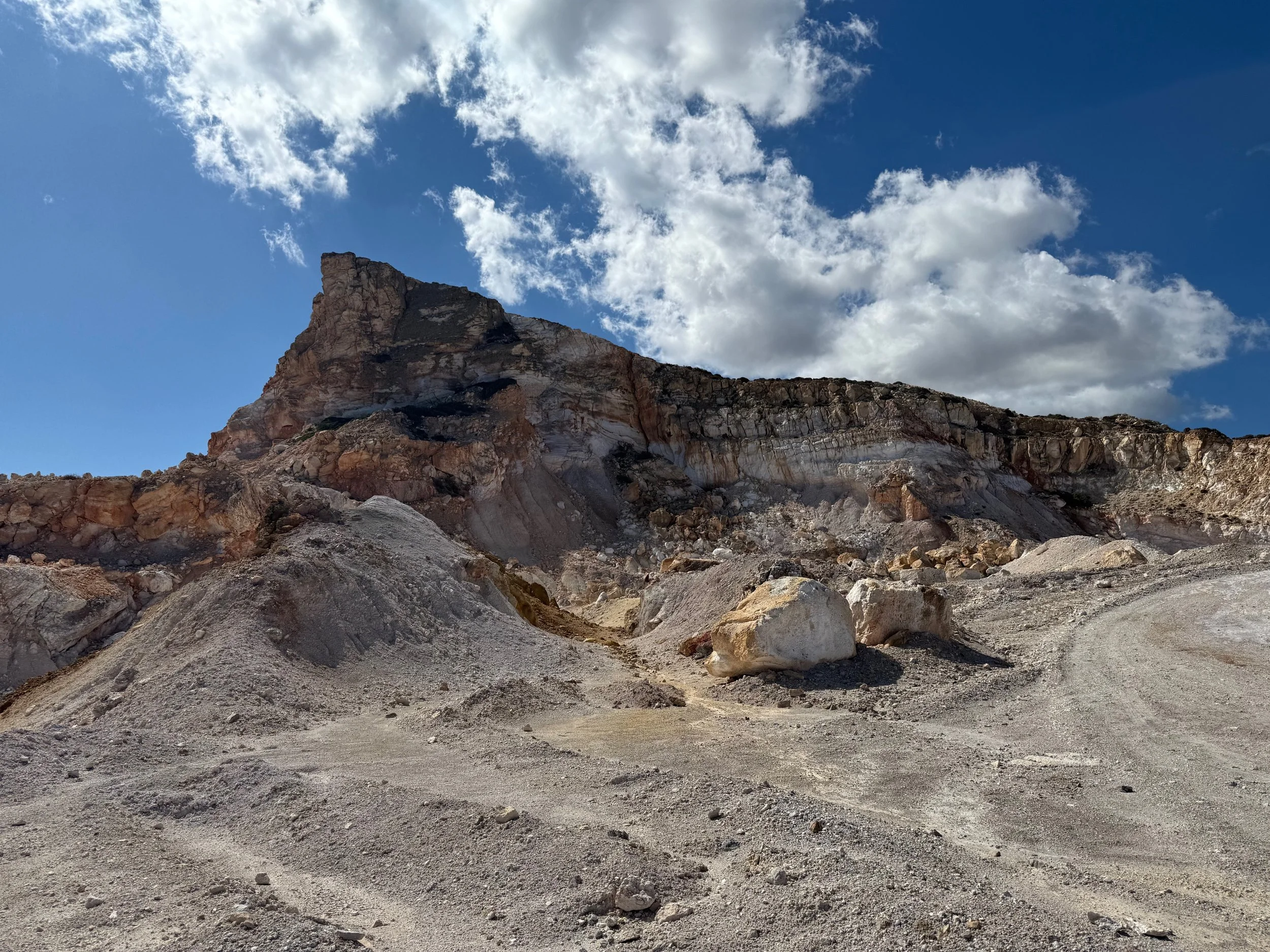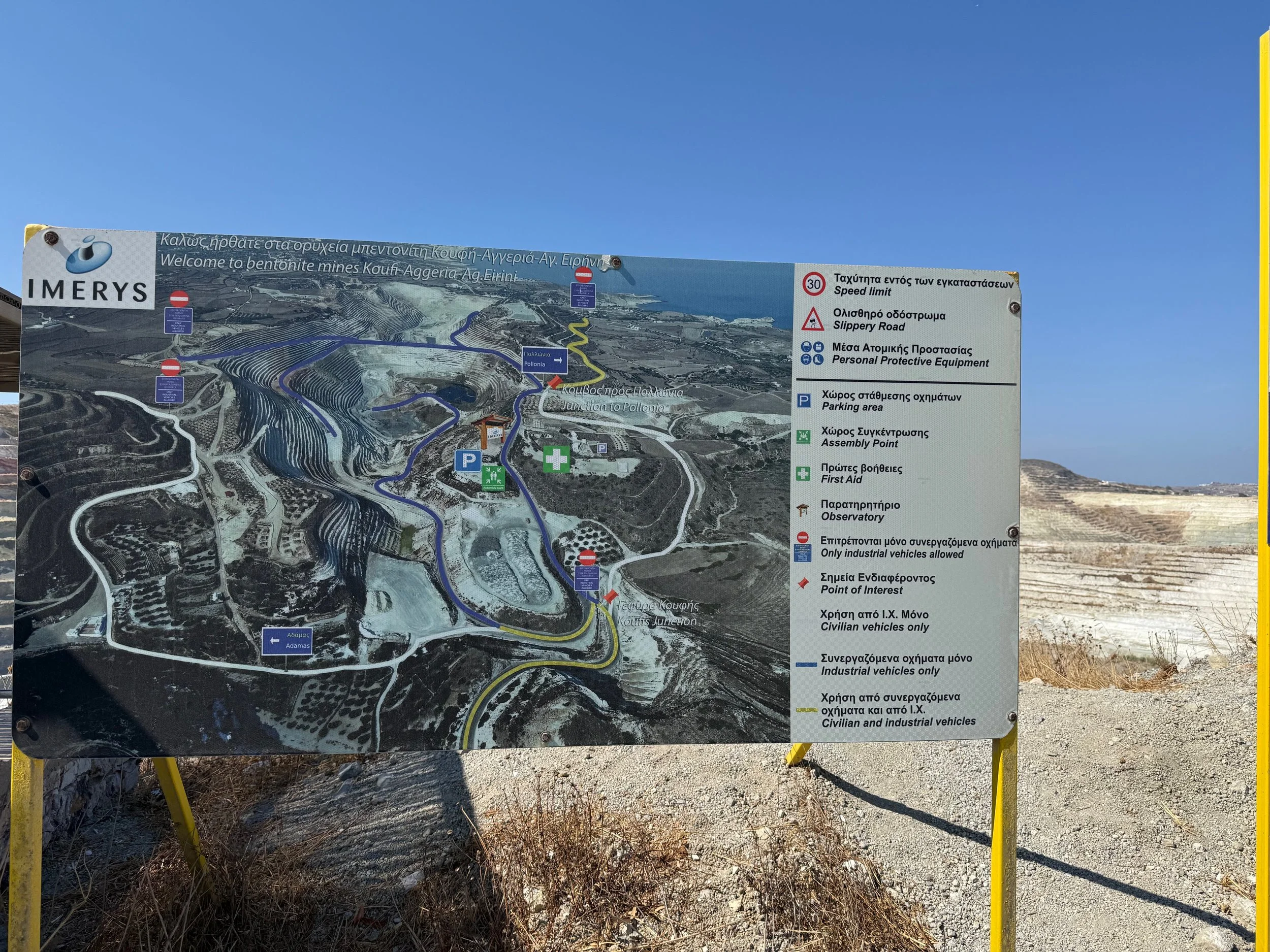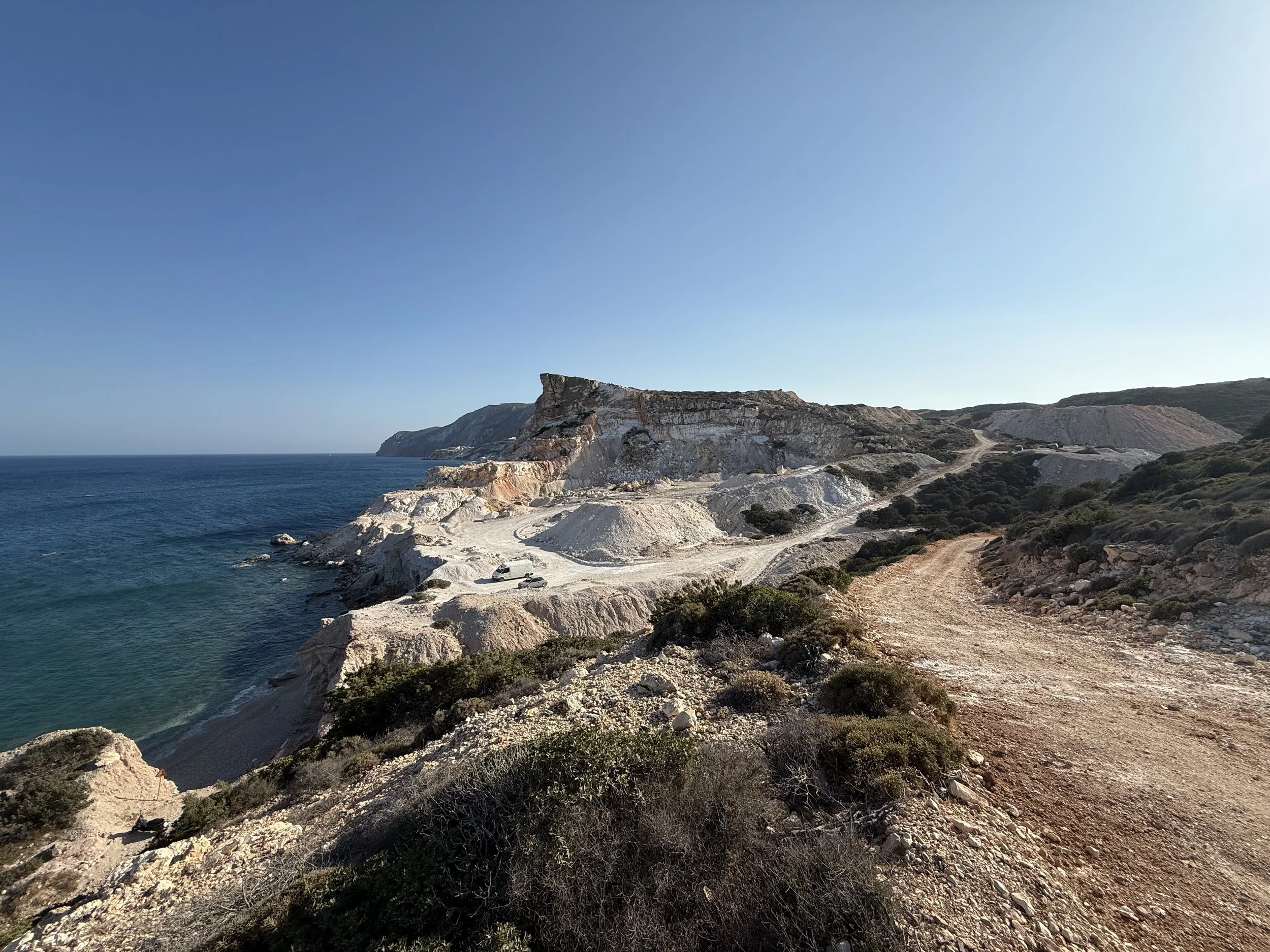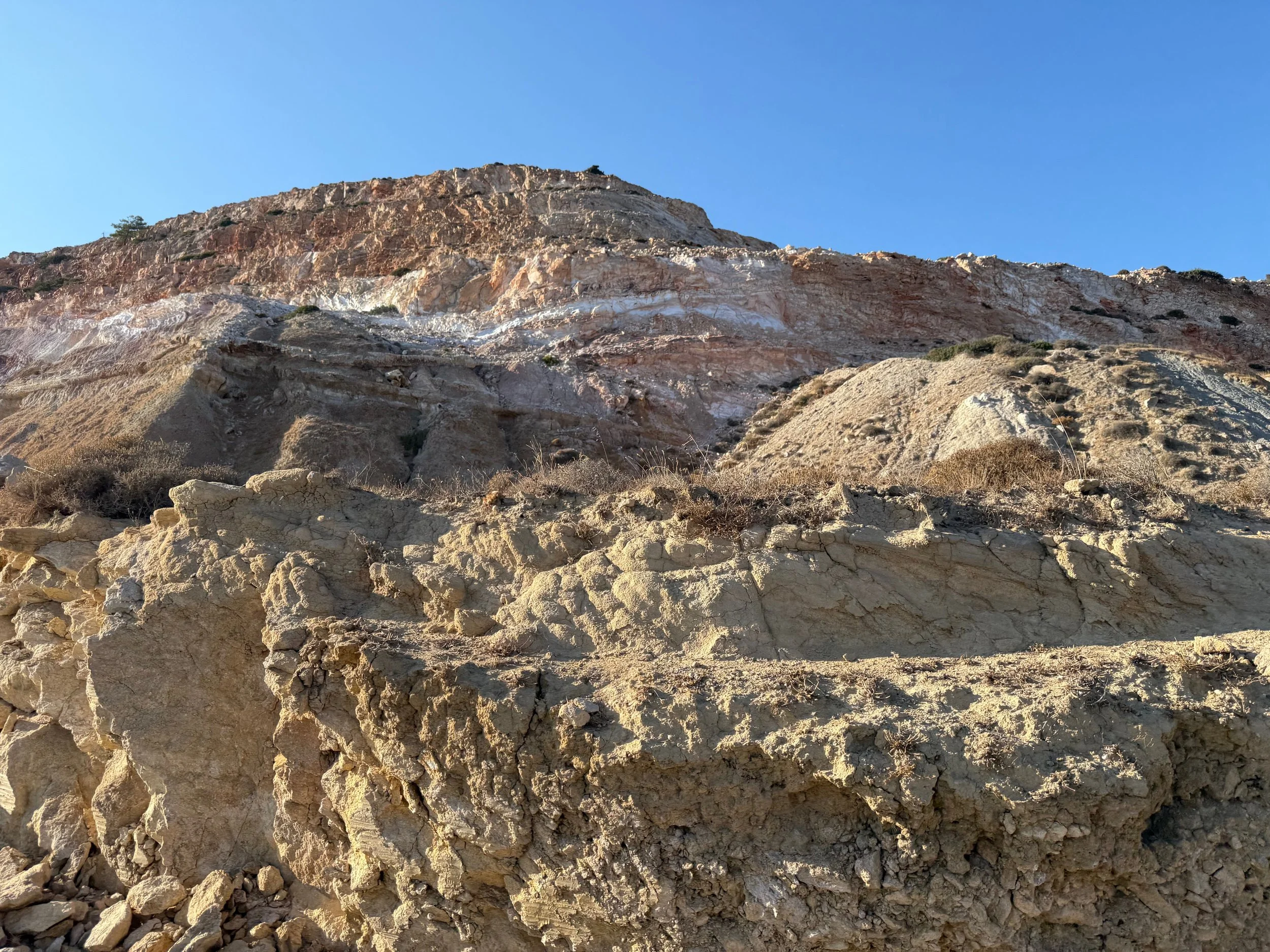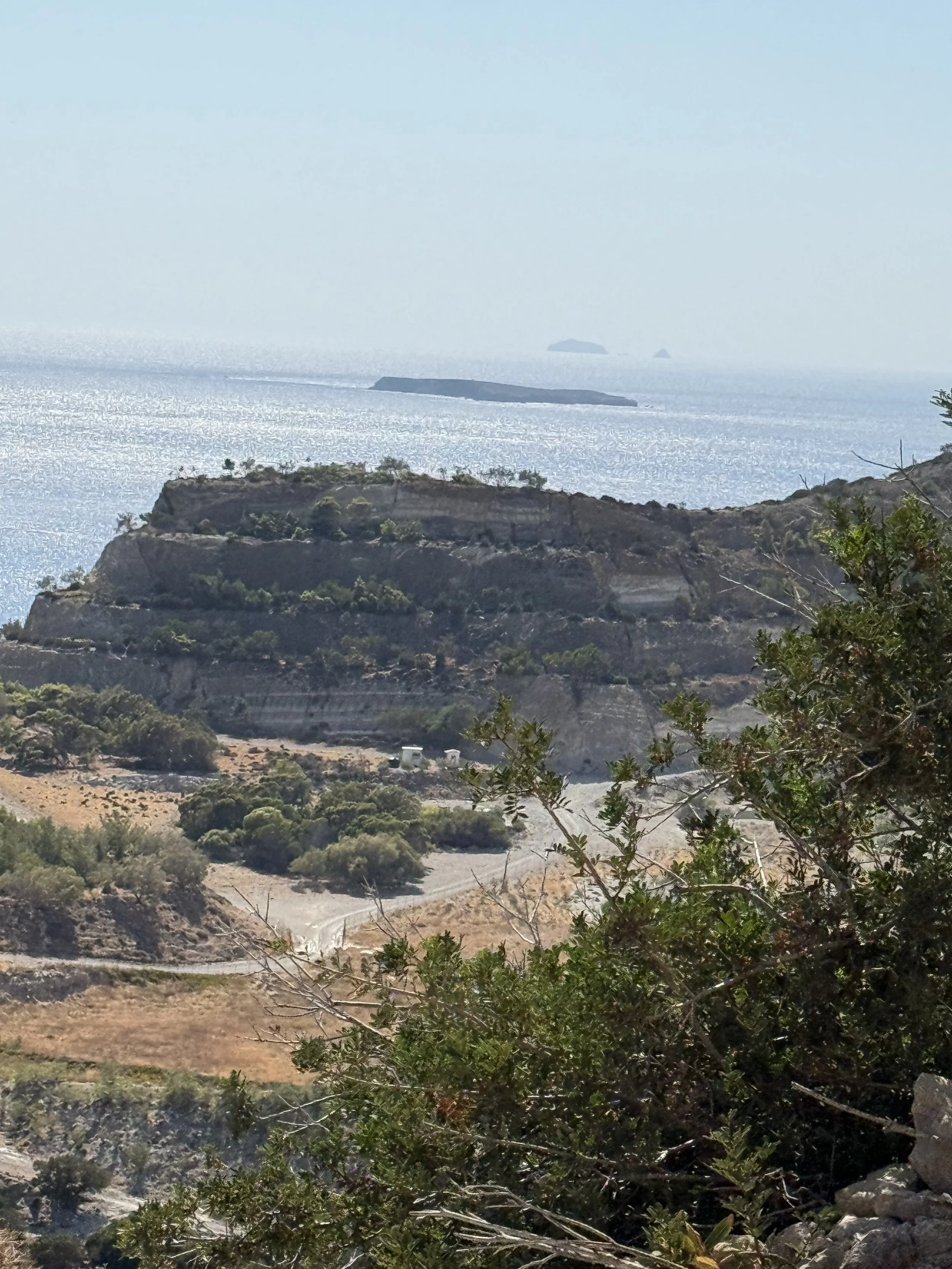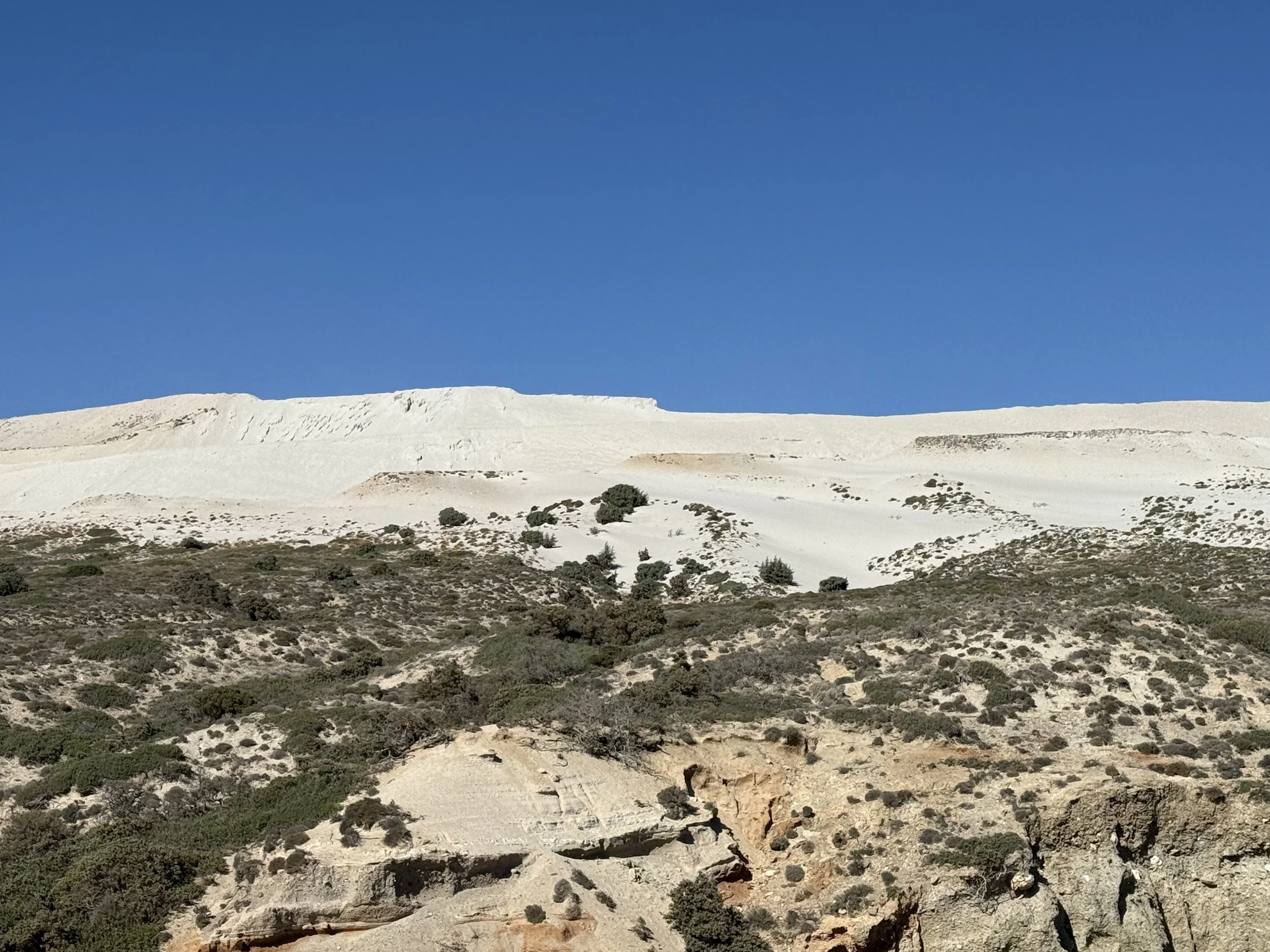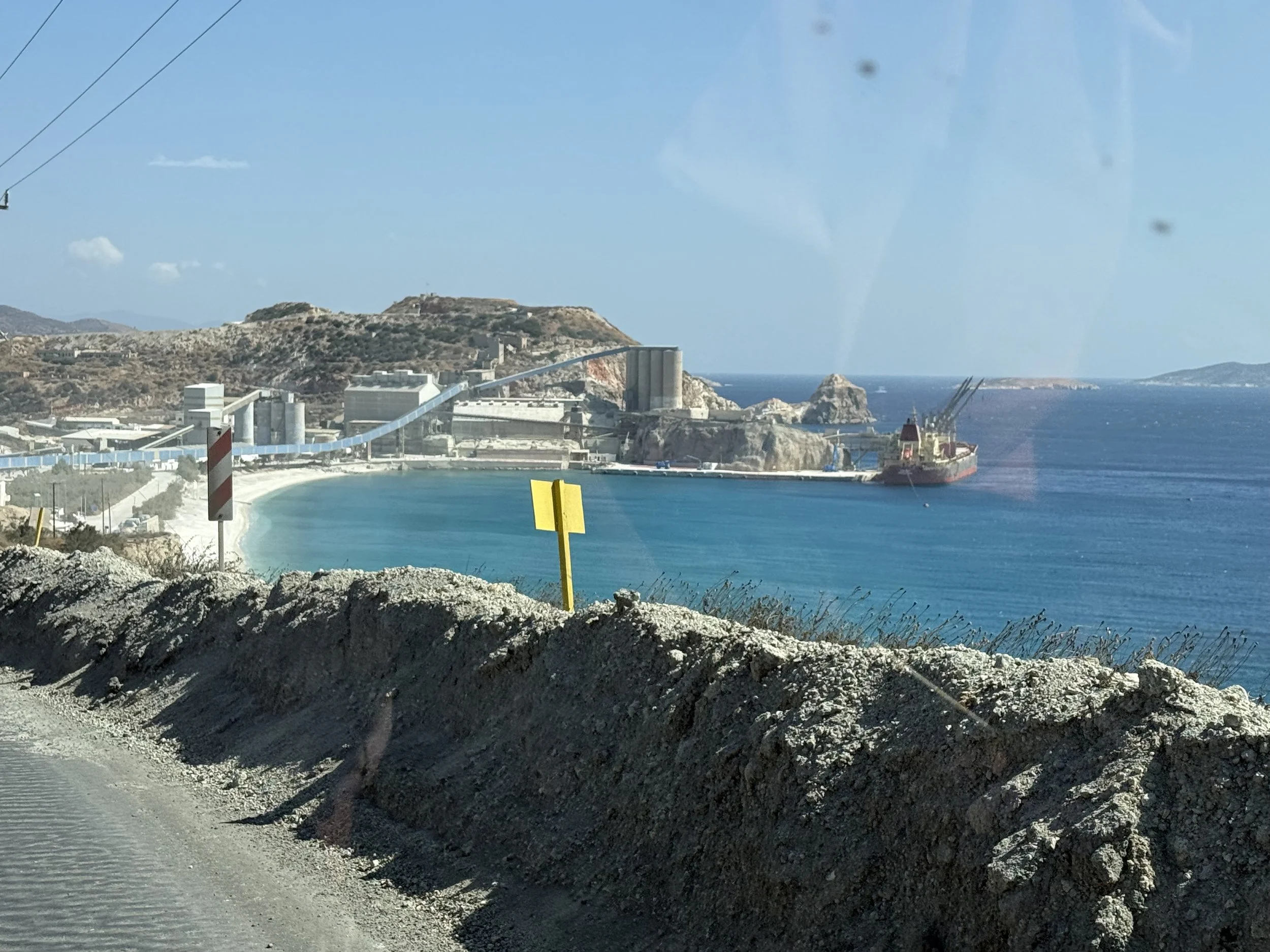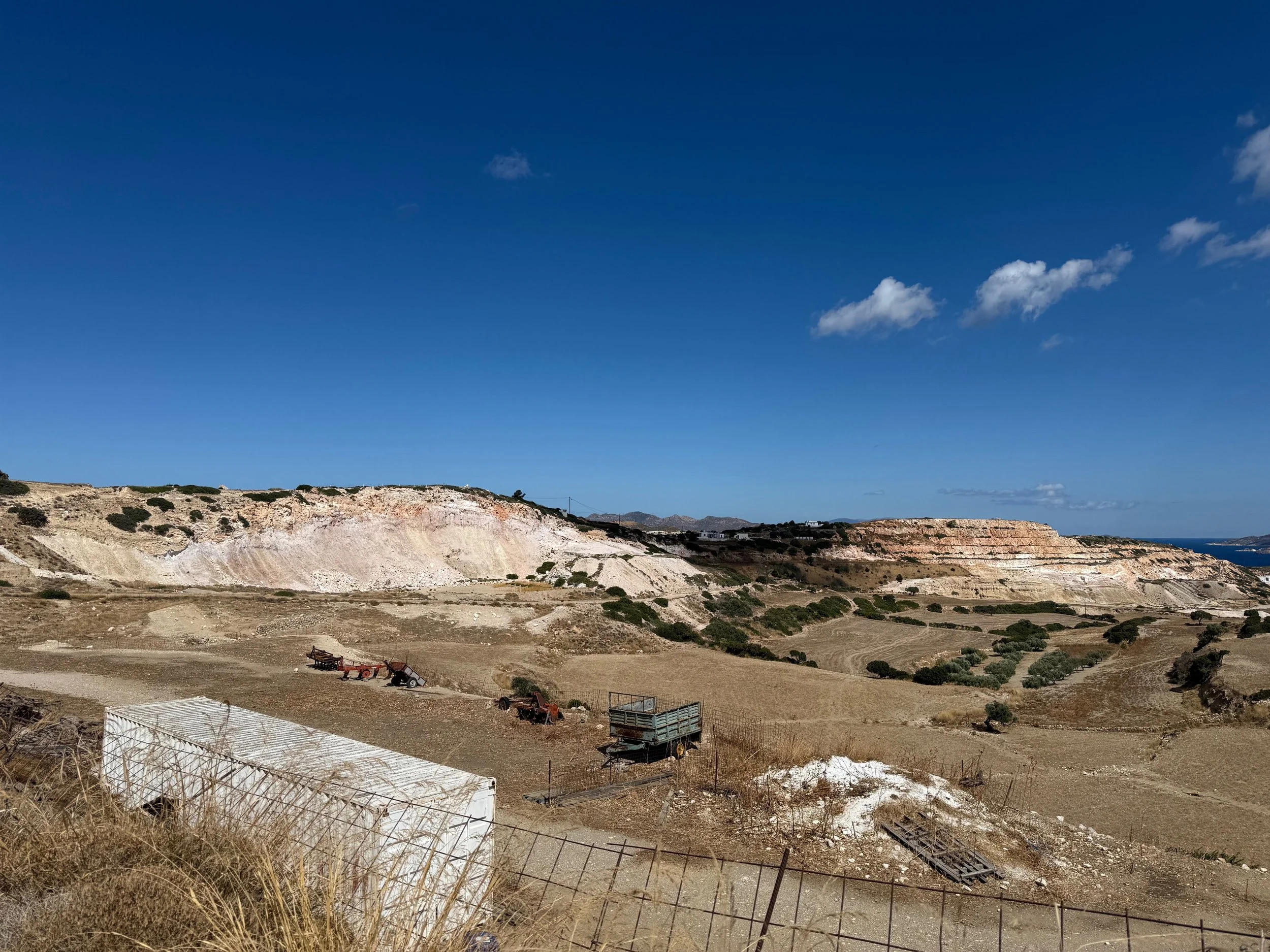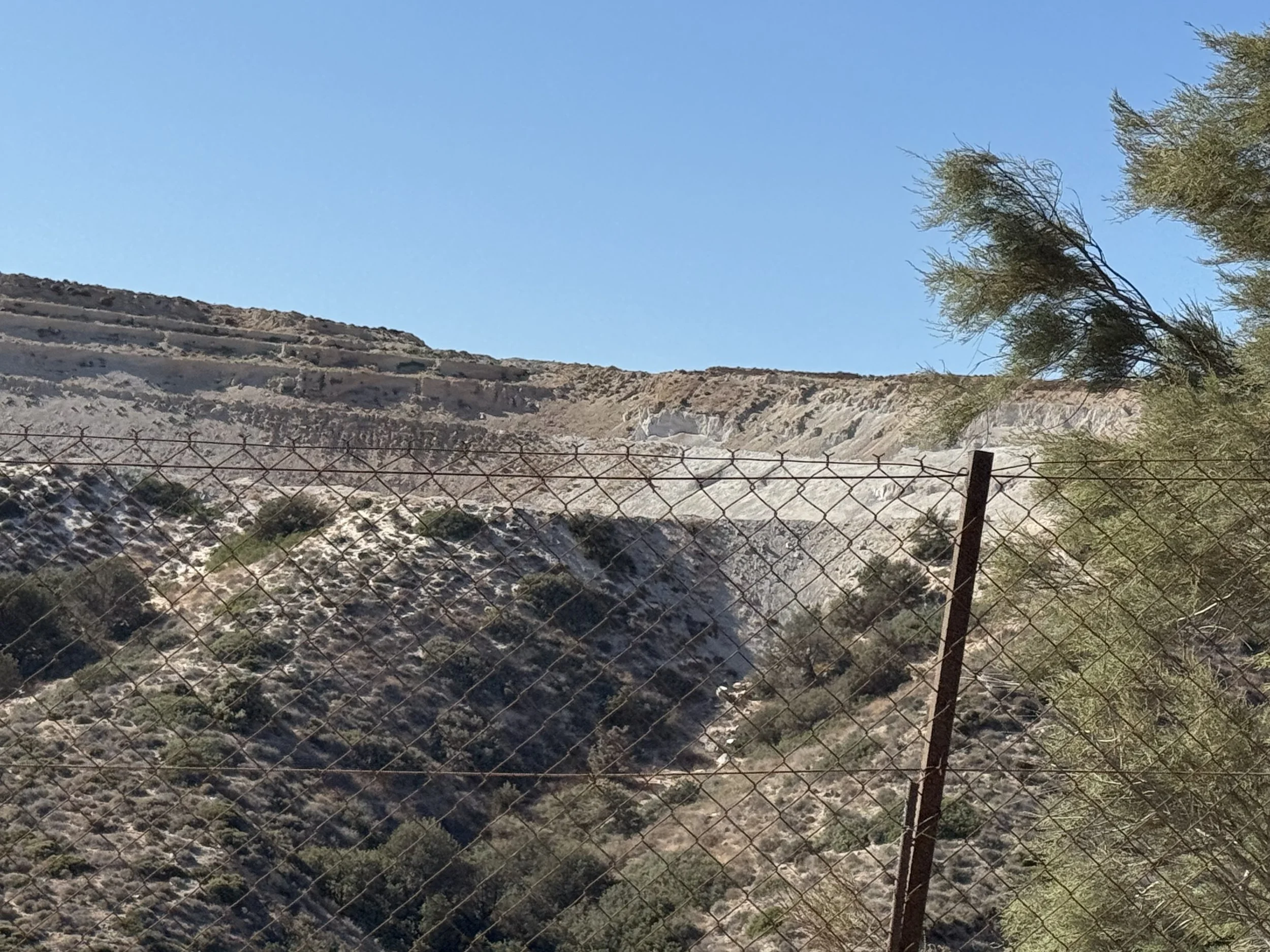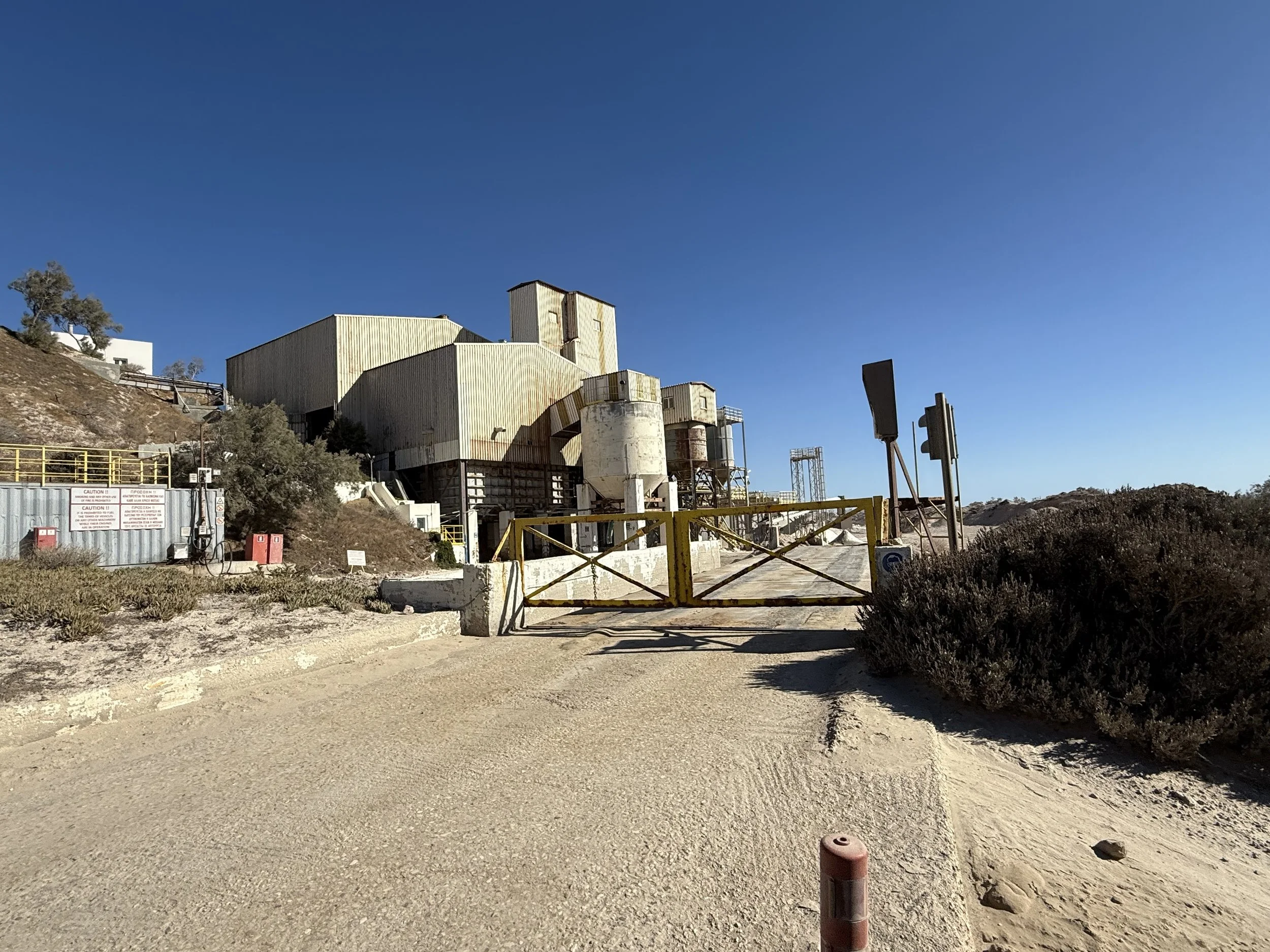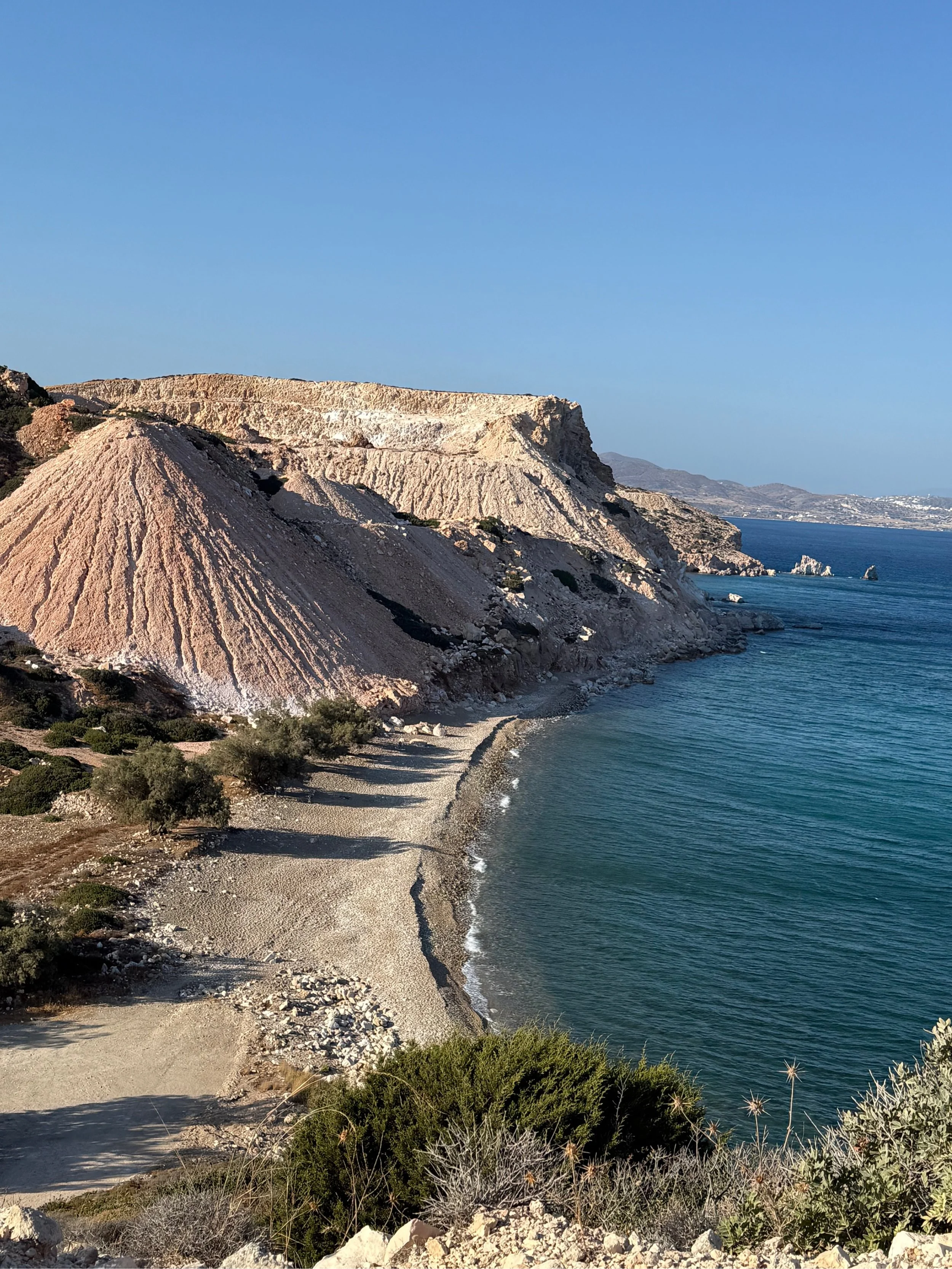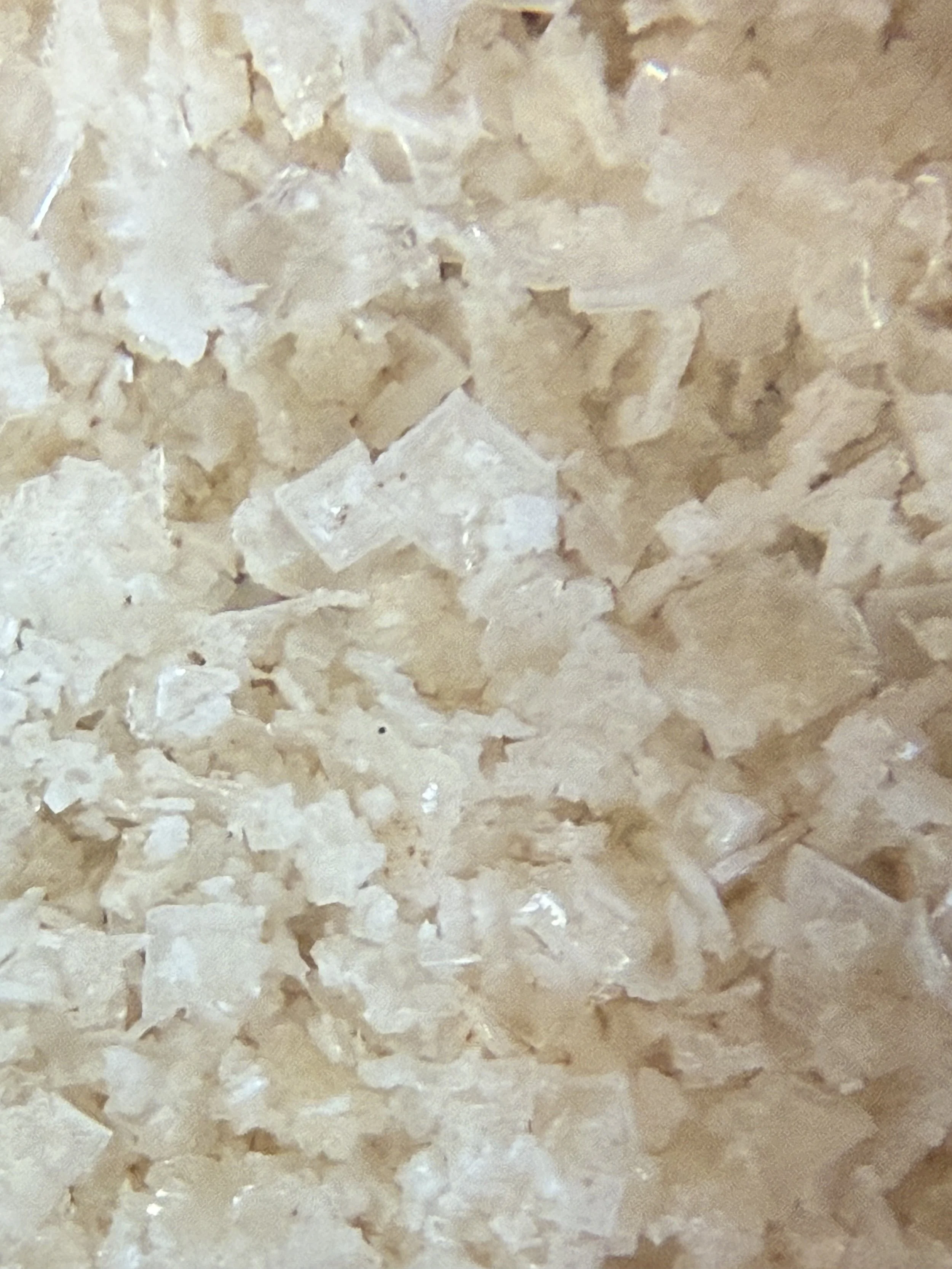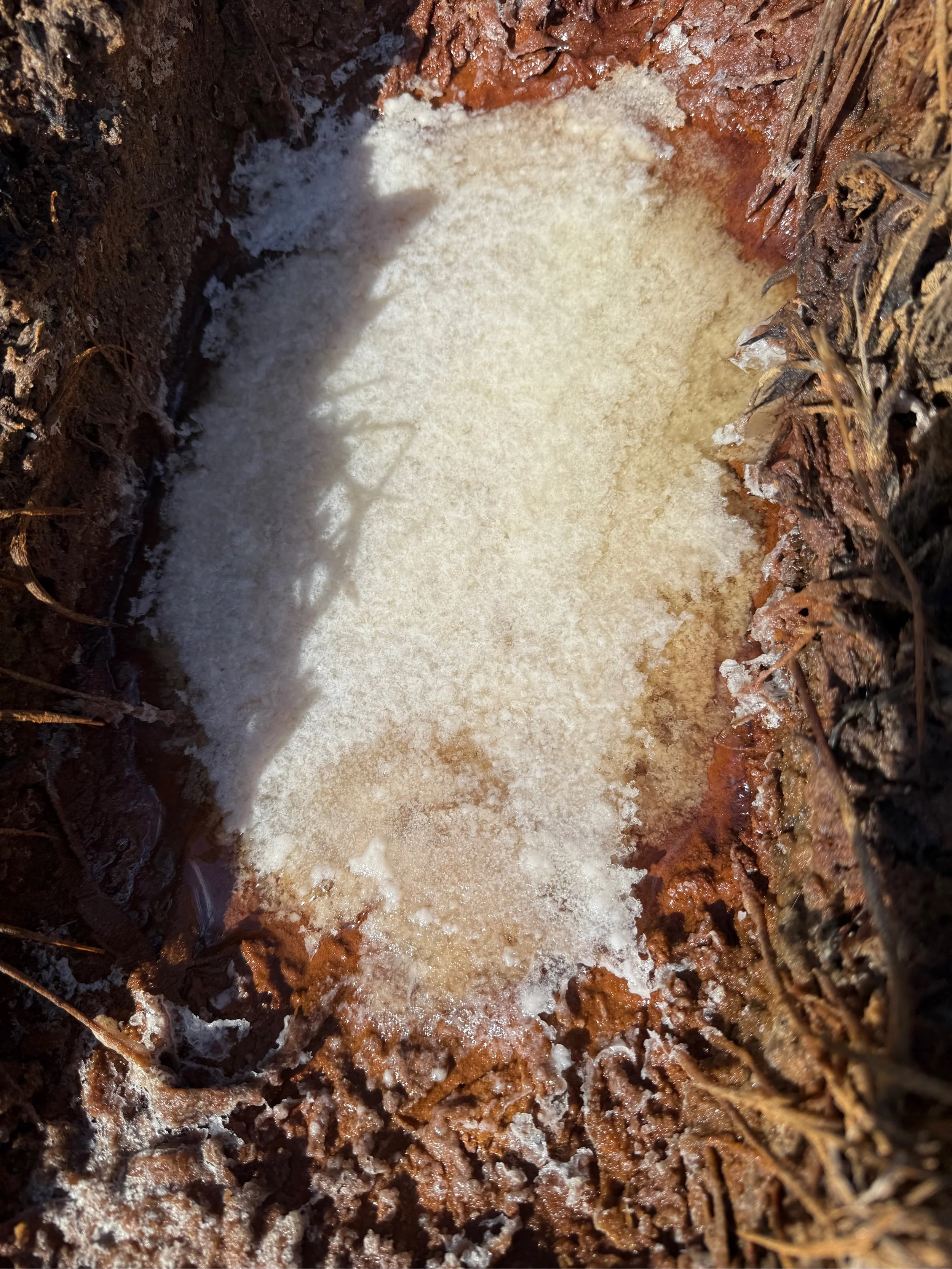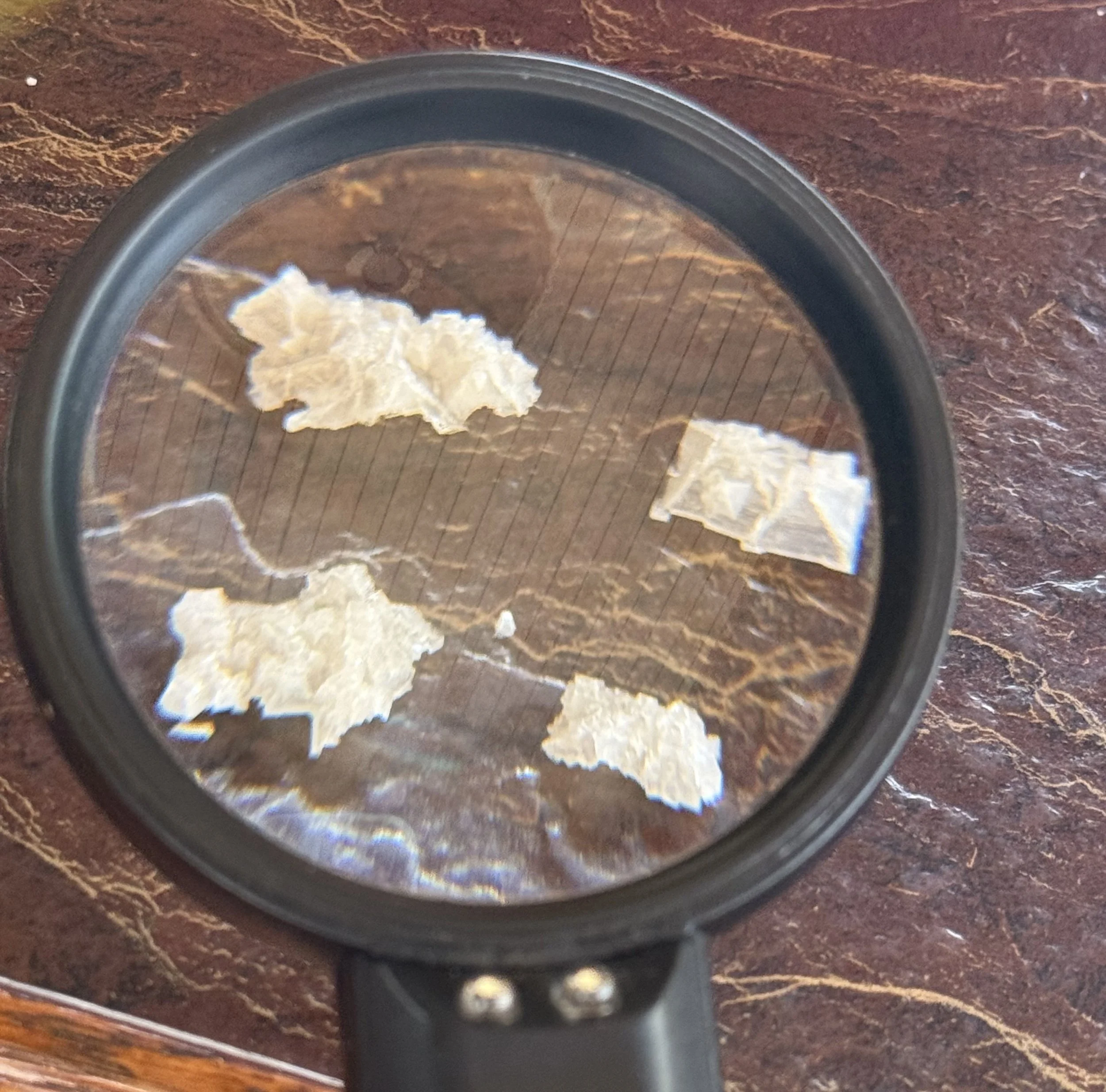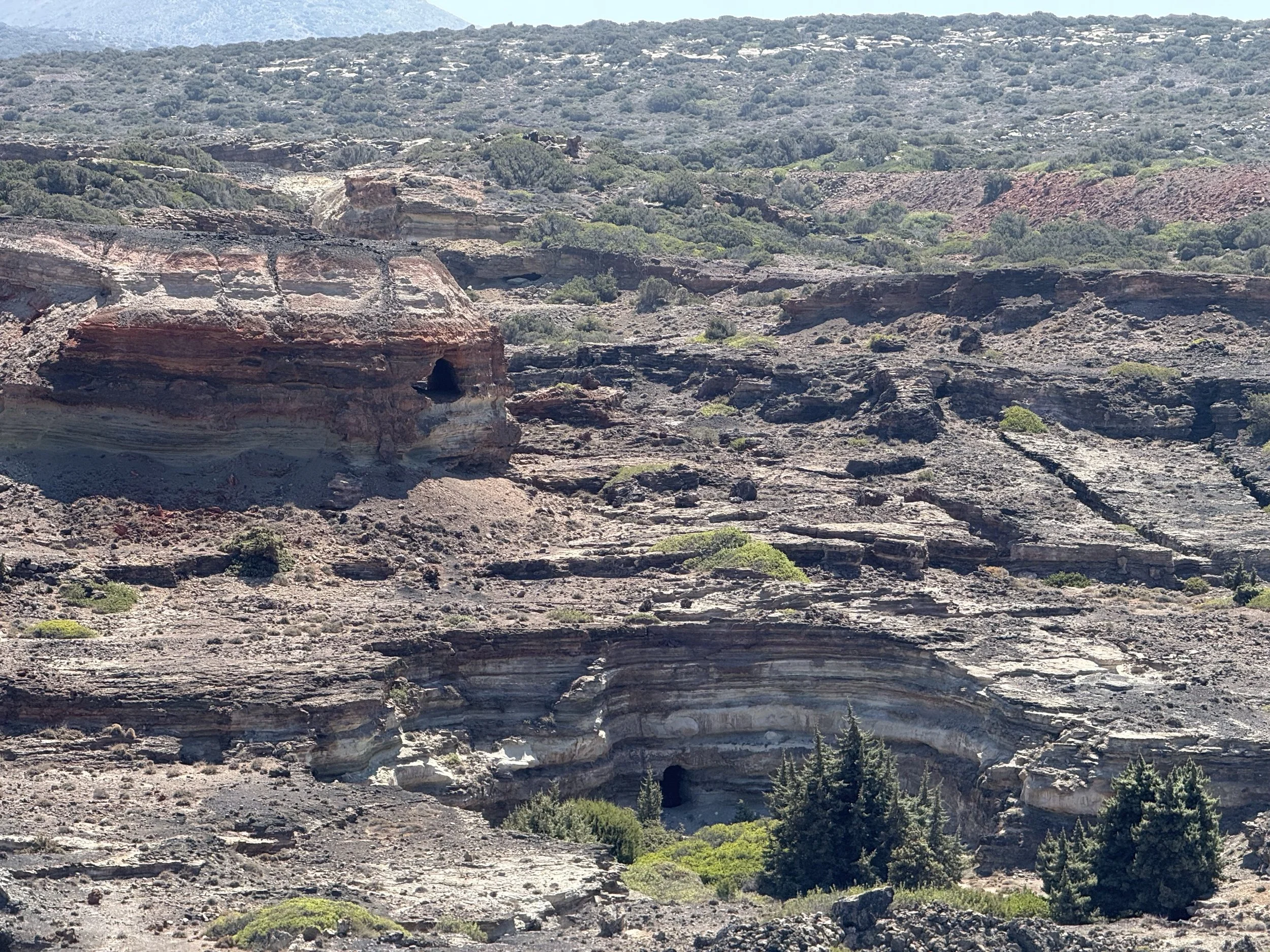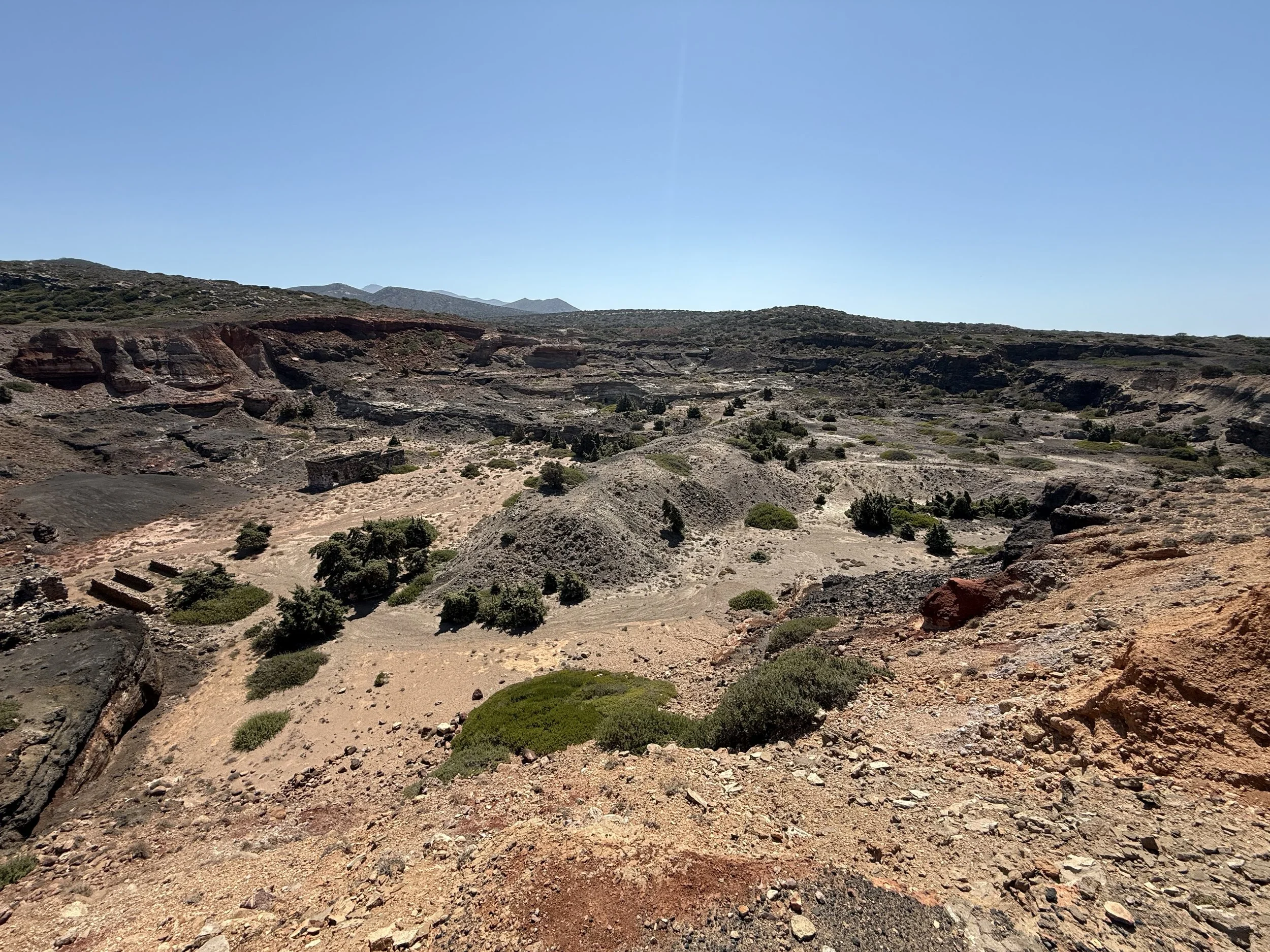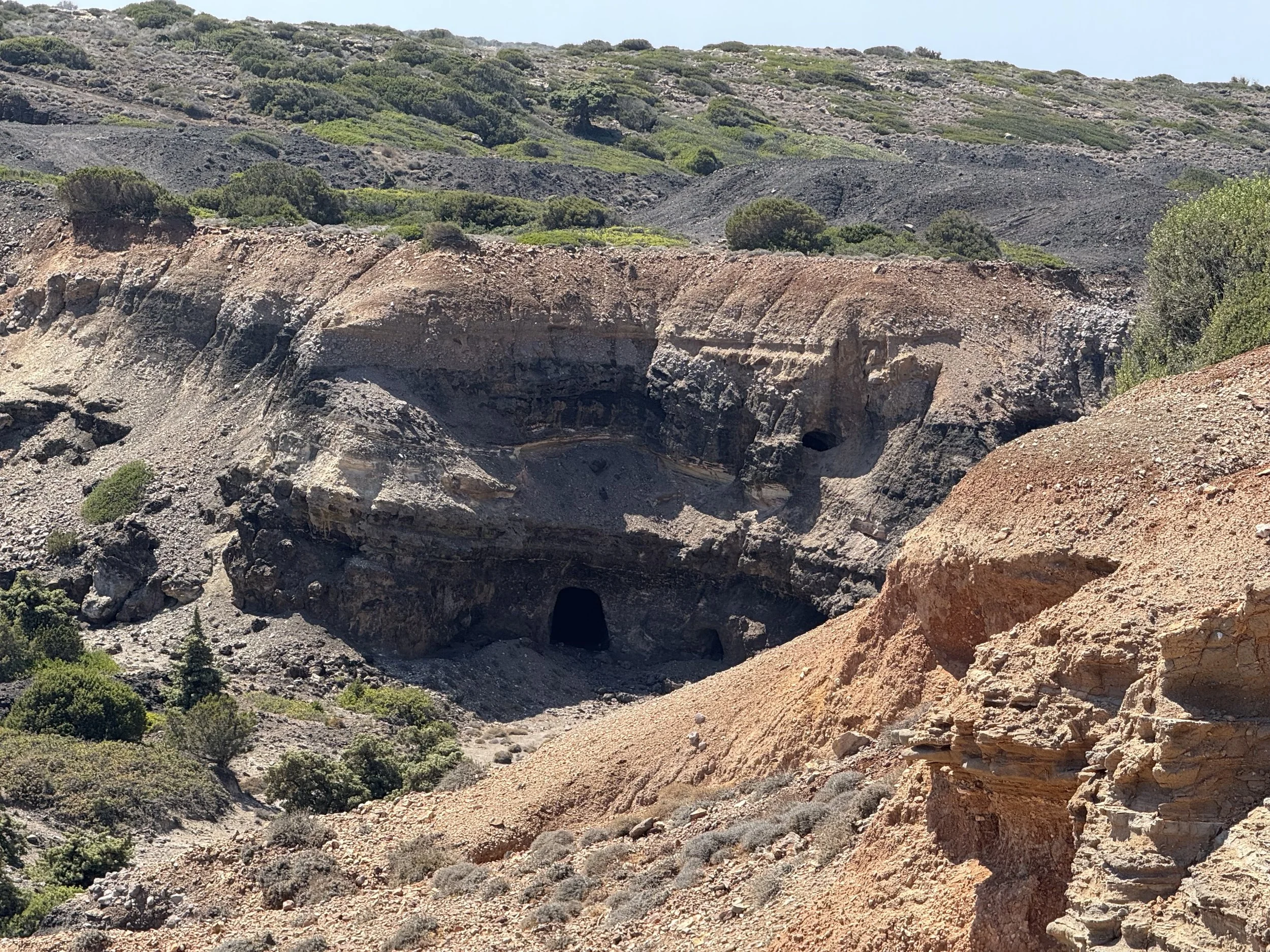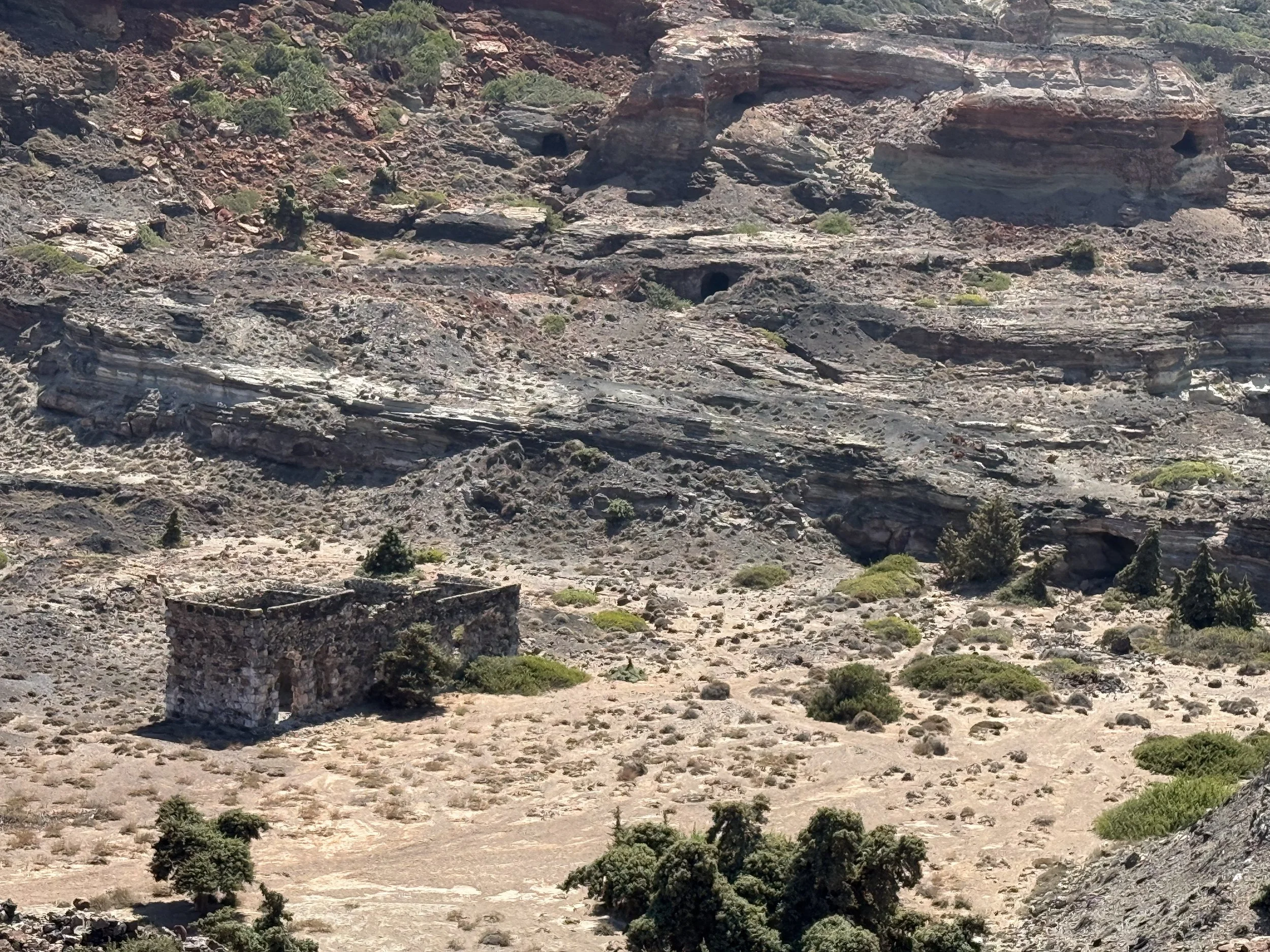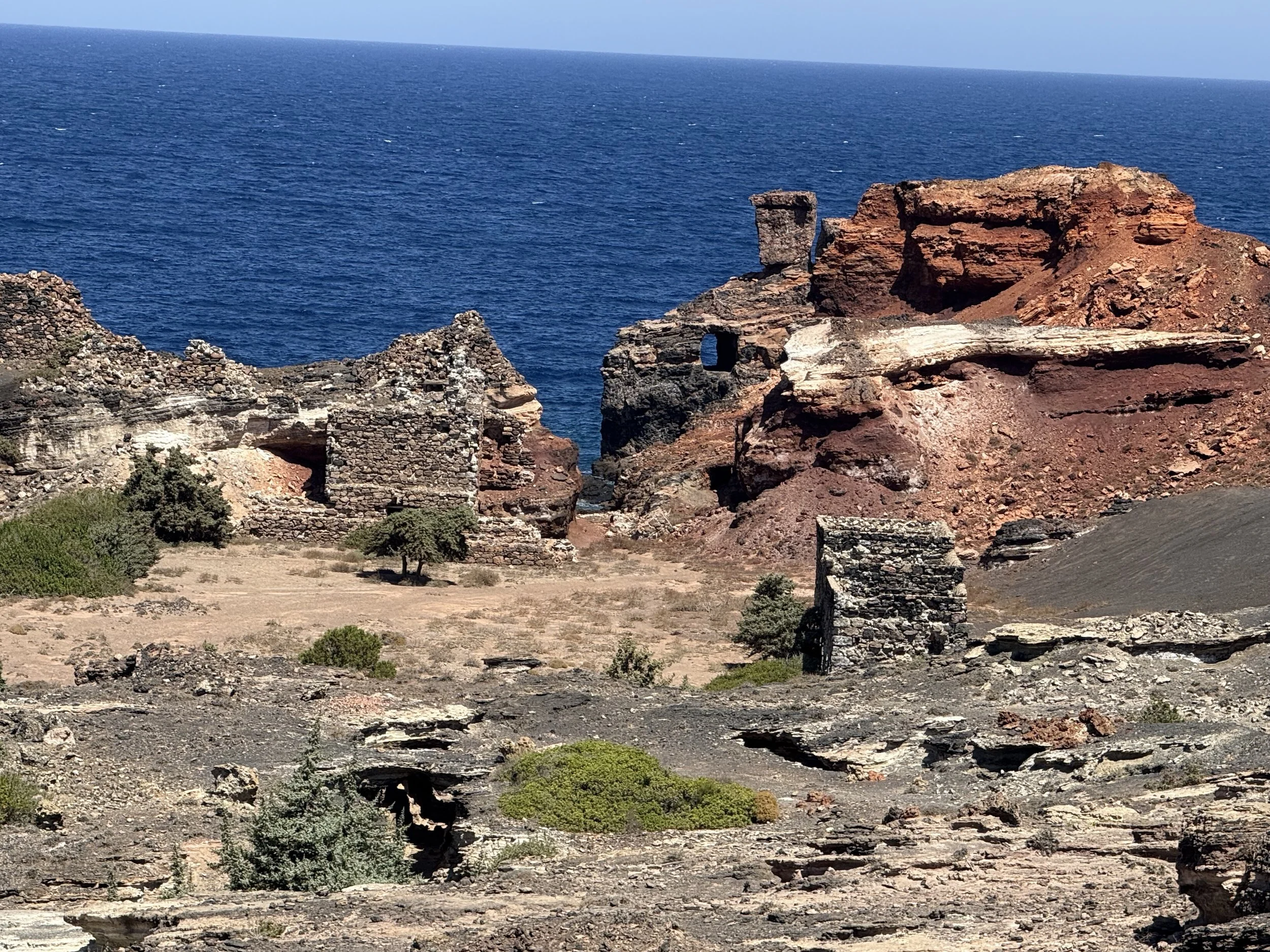I created this blog with the mission that what I share will leave a trace for those who seek truth and answers to questions not yet asked about addictive behaviour.
Basically, humans accumulate too many electrons, which are a form of energy, but the body often cannot oxidize them efficiently. As a result, energy is lost from many essential processes, and the body craves ready sources of methyl groups to compensate. This is why plants like tobacco, cannabis, and coffee have historically been used repeatedly — they supply methyl donors that temporarily substitute for the energy lost in methylation processes.
However, we didn’t stop there. Modern life has added petroleum-derived methylated compounds into our diet through processed foods, plastics, cleaning products, and many other everyday items. Over time, this has shifted humans away from relying on natural redox biochemistry, encoding us as what might be called “narcomankind”: organisms dependent on external, often artificial, methyl sources because our internal electron flow and oxidation processes have been disrupted.
How the Environment Shapes Our Biochemistry
Our cells rely on a delicate balance between oxidation (losing electrons) and reduction (gaining electrons) to produce energy, detoxify, and maintain health. Methyl groups — tiny chemical units found in food, plants, and artificial substances — donate electrons. When the body receives too many, it becomes electron-rich, creating a reducing environment inside cells.
In this state, normal oxidative reactions slow down. Energy production becomes less efficient, detox pathways struggle, and signaling in the brain and body can become imbalanced. To compensate, the body craves more methyl donors, repeating the cycle. Over time, this can lead to patterns that resemble addiction: the system is overloaded, yet keeps seeking what it thinks will restore balance.
This connection between human biochemistry and the environment becomes clear when we look at Milos. Places like Vani and Thiorichio illustrate natural redox zones: some favor oxidation (manganese-rich, oxygenated), while others favor reduction (sulfur–iron-rich, low oxygen). In modern life, we live in conditions that overload us with methyl donors, disconnecting our metabolism from these natural redox cycles. This reduces the body’s access to oxidizing conditions that help electrons flow properly, restore balance, and allow cells to function efficiently.
Understanding this cycle gives a new perspective on why certain substances, diets, or habits feel so “necessary,” and why modern life may amplify cravings and addictive patterns. Essentially, our metabolism mirrors a reducing environment without access to the oxidizing conditions that support healthy chemical balance.
Field Note 1: The Mining Museum, Milos.
Walking through the museum I felt an unexpected connection. I had come searching for clean seawater, hoping that its minerals might help reset the coherence of my body.
I knew almost nothing about mining or geology before that moment, but I understood instantly that I had to learn. Minerals are not like organic matter. Organic molecules are made mostly of carbon, hydrogen, nitrogen, and oxygen, arranged in flexible chains and rings that build the structures of plants and living bodies. Minerals, by contrast, are crystalline lattices: precise formulas repeating in symmetrical order. Halite (NaCl) forms perfect cubes, pyrite (FeS₂) arranges itself into cubes and octahedra, quartz (SiO₂) grows in hexagonal networks. These are not just substances but whole architectures, holding memory in their geometry. Crossing from organic chemistry into the crystalline mineral world was like stepping into a second language of life.
Even the words we use are too small. We say “stone” as if it were one thing, but the name does not capture the reality it holds. A “stone” may actually be pyrite (FeS₂), halite (NaCl), hematite (Fe₂O₃), quartz (SiO₂) — each with its own exact formula, geometry, and resonance. The short, flat word “stone” hides a universe of structures: cubes, tetrahedra, octahedra, hexagonal networks. To name them fully is to reveal that every stone is not inert matter, but a crystal memory of the Earth.
Milos is not just another island in the Aegean; it is recognized as one of the richest mineral sites in the world. With more than 200 distinct mineral species identified, it ranks second in global mineral variety after the famous deposits of Laurium in Attica. From obsidian in prehistory to sulfur, manganese, kaolin to bentonite, and perlite in modern times, the island has been continuously shaped — and exported — by its geological wealth. Standing in the museum, I realized that my personal search for coherence was unfolding in a place where the Earth has long revealed its deepest mineral memory.
Field Note 2— Hydrothermal vents, Milos Island
I had to do what I know best: trace, chase and try to understand what is the sacred energy — that force that seems able to govern our body, desires and addictions, the fragile calculus of health and behavior. I wanted to find the place where balance lives: homeostasis. Is it always a polarity that holds that balance — a first force that keeps life in tune?
Cold and hot. Alkaline and acidic. Feminine and masculine. Salty and sweet. Water and fire. Organic and inorganic. Cation and anion. Right and wrong. Black and white. Day and night. Polarity is everywhere. What makes polarity stop being chaos and begin to form order, so that the alternation — the repetition of opposites — can become a sustaining pattern? So many questions, and I was walking around the island trying to feel the resonance and coherence that exist outside the body and inside it — because both systems exist on similar architectures.
I let the island speak. I met people who live here, and it felt like destiny: they had the knowledge and the tools I needed. A truck, directions to volcanic outcrops, a way to reach places a normal car cannot — forgotten corners of the island that visitors rarely see. I began to search for the old knowledge: the clean places where seawater meets volcanic breath.
Why does that meeting point matter? The answer had already been forming in my reading and in the lab work of researchers such as Günter Wächtershäuser and his colleagues: hydrothermal, iron–sulfur environments are plausible sites where methyl and acetyl chemistry first formed. Standing at the junction where hot mineral fluids and cold seawater mix, I tried to feel the same kind of laboratory — a place where Earth’s memory writes itself into matter. That is what I had come to find in practice: not only a poetic image, but a concrete locality where chemistry, geometry and life’s first rhythms still converse.
This was the first sign that all the years I’d spent learning about the sacred energy were not simply another speculative theory. Standing where seawater and volcanic breath met, I realized I wasn’t chasing a fantasy but tracing a concrete origin: how a molecule could be born out of polarity and then be repeated, recorded, and carried forward by Earth’s chemistry. In that moment the idea became praxis — a hypothesis I could follow into the field, test against stones and springs, and let the place itself confirm or refute what I had thought in books and papers.
Field Note 3— Thiorichía, the Sulfur Mines of Milos
I took a map of the island and realised it showed exactly what I had been looking for: the alchemists of addiction. As someone who has studied alchemy for years, I knew one thing the old masters left us — the triad of alchemy: mercury, sulfur, and salt.
Exploring these three elements I had a vision: our ancestors placed mercury, along with other toxins, as the beginning point of imbalance in the body and in nature. Then they placed sulfur as the fiery mediator, capable of binding and holding poisons at levels the body could withstand. And last came salt. Salt — this amazing structure that industry has never been able to break or transform. Salt holds its cubic geometry under heat, in water, in fire, in cold. It is permanence itself, NaCl repeating endlessly, preserving memory across all conditions.
I had an amazing visit to the sulfur mines, a journey back to a time when sulfur was regarded as essential for medicine, agriculture, and daily life. Standing before the old furnaces and abandoned wagons, I felt the question rise: why did people stop harvesting sulfur? The answer was not written in stone but in history. The age of petroleum had begun. Sulfur was no longer mined from the Earth’s geological and biogeochemical cycles — it was stripped instead as a by-product of oil refining.
One source for everything: petroleum became the new alchemist, the hidden hand behind medicine, fertilizers, plastics, and fuels. Sulfur still reached us, but without the crystalline geometry of its natural form (see below image).
Historical Note — The Sulfur Mines of Thiorichía
The sulfur mines at Thiorichía are located at Paliorema Bay on the eastern coast of Milos. Mining began in the late 19th century and was expanded in the 1930s with new processing facilities. Workers blasted tunnels into the hillsides to reach the ore, which was then roasted in furnaces to release pure sulfur. The molten sulfur was collected, cooled, and shipped abroad, especially to France, where it was used in agriculture (fungicides, pesticides) and in chemical industries.
The mines were active until 1958, when global sulfur prices collapsed. Operations stopped abruptly, and the company went bankrupt. What remains today are striking ruins: abandoned machinery, rusted wagons, furnaces, crumbling stone buildings, and vivid yellow sulfur deposits scattered across the beach and cliffs.
Since the 1960s, industry no longer mined sulfur from the Earth. Instead, it strips toxic gases (H₂S) from oil and gas and turns them into industrial sulfur.
Today more than 90% of the world’s sulfur is a waste product of petroleum refining. The mines closed, not because sulfur lost value, but because oil made it cheaper.
But here is the shift that matters:
Old loop: sulfur came from stones and volcanoes, weathered into the soil with iron and trace minerals. Plants absorbed it slowly. The food chain carried it into fruits, grains, and bodies.
New loop: sulfur comes from petroleum, purified and stripped of companions. It enters agriculture as industrial sulfate fertilizers. Crops grow fast, but the soil no longer receives the slow geometry of minerals, the trace elements, the microbial dialogue.
On Milos, sulfur originates from volcanic gases such as H₂S and SO₂ rising through cracks in the earth. When these gases encounter the island’s iron-rich volcanic rocks — basalts, andesites, and dacites — they react to form iron oxides like hematite and goethite, as well as iron sulfides such as pyrite and marcasite. This is why the sulfur deposits are never pure but appear side by side with vivid red, orange, and brown iron minerals. The sulfur mine holds so much iron simply because the host rocks themselves are iron-bearing, and sulfur inevitably reacts with the materials it meets underground.
Field Note 4— Minings, Milos
I have heard, with pain, people say the island is destroyed and being exported. Why do we do it? Are we so narcotized by the loss of memory in matter?
A trip around the island opened my eyes. The cliché that “every corner is a cove shop” is mirrored by mining: every corner holds extraction. I cannot say exactly how many operations there are, but the picture is ugly. The roads are wide for brand-new trucks — many of them — transporting whatever they find: bentonite, perlite and more.
A vision came to me: I imagined the trucks as molecules — carriers of minerals and metals inside a body. I thought: we no longer carry iron or sulfur in the same way; we carry other elements. For what purpose? Are these substances healthy for our bodies? What are we feeding ourselves on the shelves of every shop? Where have the nutrients gone — manganese, iron, sulfur — the ones that used to be found in stones and fed plants? Sulfur gives taste to fruits and vegetables; what happens when we extract iron and sulfur from petroleum? Are they the same? Logically — of course not. A mimic can be made, but it is not the same.
Field Note 5- Carbon vs. Minerals: Memory in Geometry
Organic elements — carbon, hydrogen, nitrogen, oxygen — build life by forming endless combinations. Chains, rings, tetrahedra, spirals. Their power is flexibility, the ability to repeat and recombine. That is why carbon remembers through repetition: the same methyl group, the same cycle, over and over.
Carbon gave us this capacity not only in living systems but also in matter itself: the ability to construct materials, fuels, plastics, medicines, stimulants — all because carbon can endlessly link, fold, and recombine. This potential had always been there, hidden in the element, but it was the discovery and large-scale extraction of oil that unlocked it. In just 150 years, petroleum carbon became the engine of our civilisation, driving industry, chemistry, agriculture, medicine, and technology. The flexibility of carbon became the flexibility of modern progress itself — loops of energy and memory written into every product and process around us.
Methyl groups and repetition: Carbon’s ability to attach methyl groups (–CH₃) and repeat them in cycles is one of the foundations of both biology (gene regulation, metabolism) and industrial chemistry (fuels, solvents, stimulants).
In biology, methylation acts like a memory switch. A single –CH₃ group added to DNA can silence or activate a gene, and when cells divide, these methyl marks are copied, preserving memory across generations. This process — epigenetic methylation — explains why identical DNA can lead to different outcomes depending on its methyl “pattern.” In metabolism, too, cycles of methyl transfer drive the processing of nutrients, from the folate cycle to neurotransmitter synthesis. Without this repeating action, life could not regulate itself.
In industry, the same carbon trick was scaled up. When petroleum was refined in the 19th and 20th centuries, it yielded simple methyl-bearing molecules: methanol, methyl halides, methylated hydrocarbons. These became the raw materials for dyes, plastics, pharmaceuticals, and fuels. For example:
Methanol (CH₃OH): once distilled from wood, but now produced industrially from natural gas, it is a building block for formaldehyde, acetic acid, and countless resins.
Toluene (C₆H₅–CH₃): a methylated benzene, extracted from petroleum, became the basis for solvents, explosives, and synthetic drugs.
Caffeine and nicotine: natural alkaloids whose stimulant power depends on methyl groups; later, synthetic analogues were made and mass-produced.
The data show the scale of this repetition: by 2020, over 350 million tons of plastics per year were produced — almost all derived from petrochemical carbon chains. Global methanol production alone exceeded 100 million tons annually, feeding into adhesives, fuels, and pharmaceuticals. Even medicines: over 80% of the top-selling pharmaceuticals contain at least one methyl group, used to tweak how the molecule interacts with receptors in the body.
Thus, the cycle of carbon–methyl repetition is not abstract — it is the very mechanism by which both nature and industry store memory, build products, and sustain repetition.
Minerals, by contrast, do not live by variation but by geometry.
Salt (NaCl) holds a cube that never changes, no matter the heat, cold, or water.
Pyrite (FeS₂) builds its golden squares.
Sulfur crystallizes in octahedra or needles.
Their memory is not in repetition but in form. A lattice, once made, keeps its shape across time.
This is the difference:
Organic matter = variation, loops, endless combinations.
Mineral matter = geometry, permanence, the pattern itself.
Why Geometry Matters in Minerals
When we remove minerals from the food chain and replace them with industrial extracts, we lose more than trace elements. We lose geometry — the crystalline memory that steadies the body against the endless loops of carbon.
But why does geometry matter so much?
Atoms are not random — they form lattices
In a mineral, atoms repeat in precise geometric arrangements: cubes, hexagons, octahedra. This lattice is more than structure; it defines how the mineral behaves. The angles and bonds decide which electrons are free, which surfaces are exposed, and how the mineral interacts with water, light, or electricity.
Geometry controls reactivity
Take three examples:
Halite (NaCl) always crystallizes in cubes, and dissolves easily because water molecules can pull Na⁺ and Cl⁻ apart.
Hematite (Fe₂O₃) holds its lattice tightly, resisting dissolution and locking iron in place.
Sulfides (FeS, FeS₂) are geometrically reactive, exposing iron and sulfur atoms that readily exchange electrons.
The same elements — sodium, iron, sulfur — behave entirely differently depending on their geometry.
Geometry stabilizes trace elements
Natural minerals never exist in isolation. Iron oxides carry manganese or titanium; sulfides carry nickel or copper. These trace elements slip into the lattice only because the geometry allows it. Later, in biology, the same elements become essential enzyme cofactors. Industrial extracts strip this away. The purified salt or sulfur may look clean, but it has lost the supporting cast of trace elements woven into natural geometry.
Geometry is memory
Salt always returns to its cube. Pyrite grows in golden squares. Sulfur needles shine again and again. This repeating lattice is a kind of permanence, a memory in matter.
That’s why salt preserves food.
Why quartz resonates in clocks.
Why iron–sulfur clusters in enzymes carry electrons reliably.
Carbon, by contrast, remembers through variation — chains, rings, and endless loops. Minerals remember through form.
Geometry means rhythm for the body
Plants do not only absorb “ions.” They draw nutrients through the slow release of minerals, mediated by geometry and soil microbes. This timing — the rhythm of release — shapes how nutrients accumulate in fruits and grains. Destroy the geometry, and the element becomes something else: faster, harsher, stripped of context. It still exists chemically, but it no longer carries the rhythm of stone.
Methylation in the body is not just about having enough iron or sulfur. It depends on the geometry of these elements. In the ancient seas, when volcano met water, iron and sulfur built tiny crystalline clusters. These clusters carried electrons, set up gradients, and gave birth to the first methyl groups — the sparks that began organic chemistry. Life copied that same geometry into its own enzymes. Every cell today still makes methyl groups in the same way: by using iron–sulfur clusters to move electrons and stabilize the reaction. In other words, the body’s methylation cycle is a living echo of the volcanic–seawater dialogue.
But when we replace minerals with industrial extracts, the structure is destroyed. The body may still receive iron and sulfur, but without their crystalline memory. Methylation continues, but without rhythm. It becomes unstable, fragile, easily broken — a cycle of sparks without balance.
For this reason, we turn to all the products that promise a spark- tobacco, coffee, cacao, cannabis, vapes, alcohol, sugar, pharmaceuticals, synthetic additives. They all deliver methyl groups or trigger methyl-like stimulation. Each of them gives the body the feeling of energy, focus, or memory — but only temporarily. Why do we reach for them again and again? Because what is missing is not only the molecule, but the cluster — the iron–sulfur geometry that holds the spark in rhythm. Without the mineral framework, methylation in the body cannot stay balanced. The spark collapses quickly, and we chase it once more.
This is why our culture is built on repetition: smoking, drinking, sweetening, stimulating, consuming. Each is a substitute for the lost mineral geometry that once steadied the loops of carbon.
Halite-salt
Field Note 6- the Cape Vani Mine
The Cape Vani mine, located on the rugged northwest coast of Milos Island, Greece, offers a unique glimpse into Earth’s geological and biochemical processes. This site is renowned for its manganese oxide deposits, which have been the subject of my geological studies.
Geological Significance of Cape Vani
The Vani manganese deposit is situated within a volcano-sedimentary basin underlain by dacitic domes and flows of Upper Pliocene age. The formation of this deposit is associated with intense volcanic activity and subsequent hydrothermal processes that led to the precipitation of manganese oxides.
Two generations of manganese oxides have been identified within this deposit. The first generation consists of pyrolusite and ramsdellite, while the second generation includes minerals of the isostructural series cryptomelane–hollandite–coronadite. These minerals are found in close association with fragments of volcaniclastic material, indicating a complex formation history involving both biological and abiotic processes.
Personal Observation and Reflection
Standing at the Cape Vani mine, one is struck by the stark contrast between the vibrant manganese-rich deposits and the surrounding barren landscape. This juxtaposition serves as a poignant reminder of the delicate balance required for life to thrive. The presence of manganese, an essential element for various biological processes, underscores the importance of redox reactions in maintaining cellular health.
Linking Geology to Human Biochemistry
The geological processes observed at Cape Vani have parallels in human biochemistry. Manganese plays a crucial role in antioxidant defense, particularly through the enzyme manganese superoxide dismutase (MnSOD), which protects cells from oxidative stress.
In modern lifestyles, excessive intake of methyl donors—such as those found in certain foods and artificial substances—can lead to an electron-rich (reducing) state within cells. This imbalance can impair oxidative reactions, leading to cellular dysfunction and contributing to conditions resembling addiction, where the body continuously seeks external sources to restore balance.
Understanding the interplay between geological formations like Cape Vani and human biochemistry provides valuable insights into the fundamental processes that sustain life and the disruptions that can lead to addictive behaviour.
